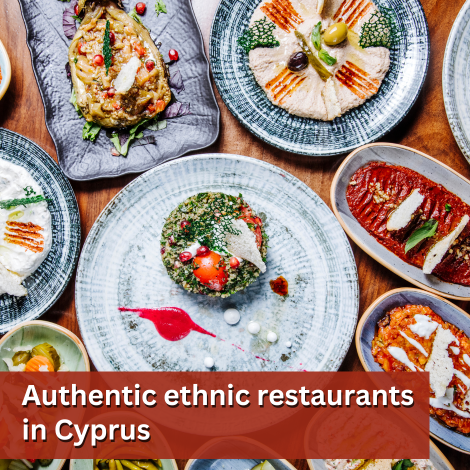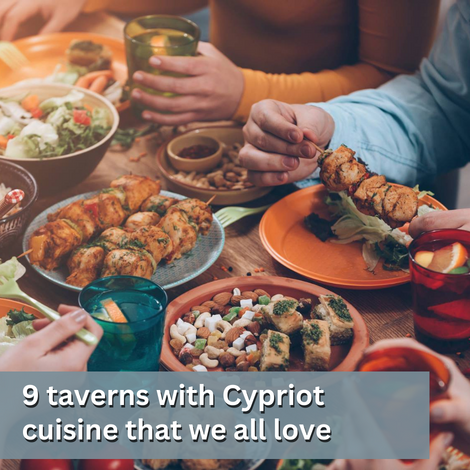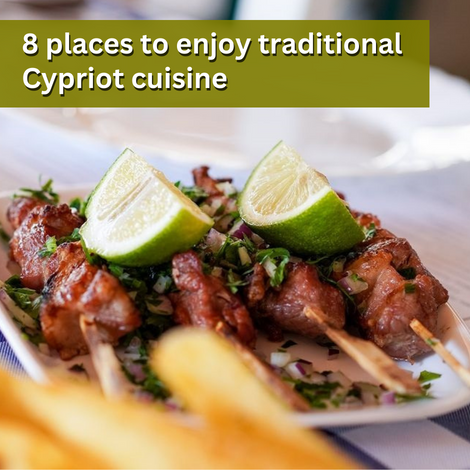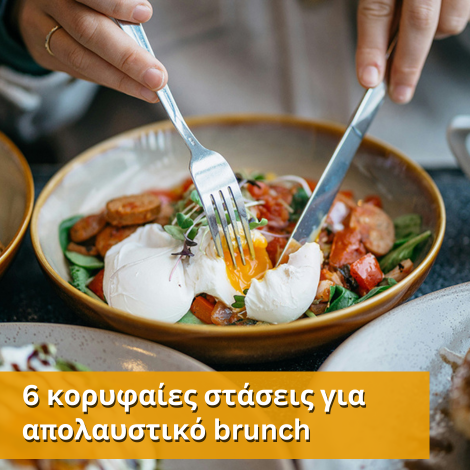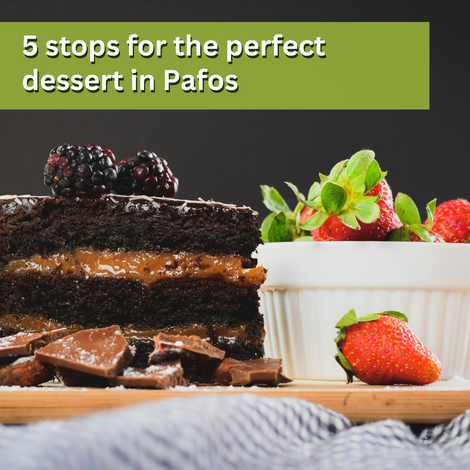Kourion, one of the top things to do in Cyprus
A walk in history and joy of Cyprus
Curium (Kourion) is sure for the best sights, attractions and the best things to do in Cyprus. The archaeological site of Curium (Kourion) is on a hill-side just outside the city of Limassol (on the southwest side of the island).
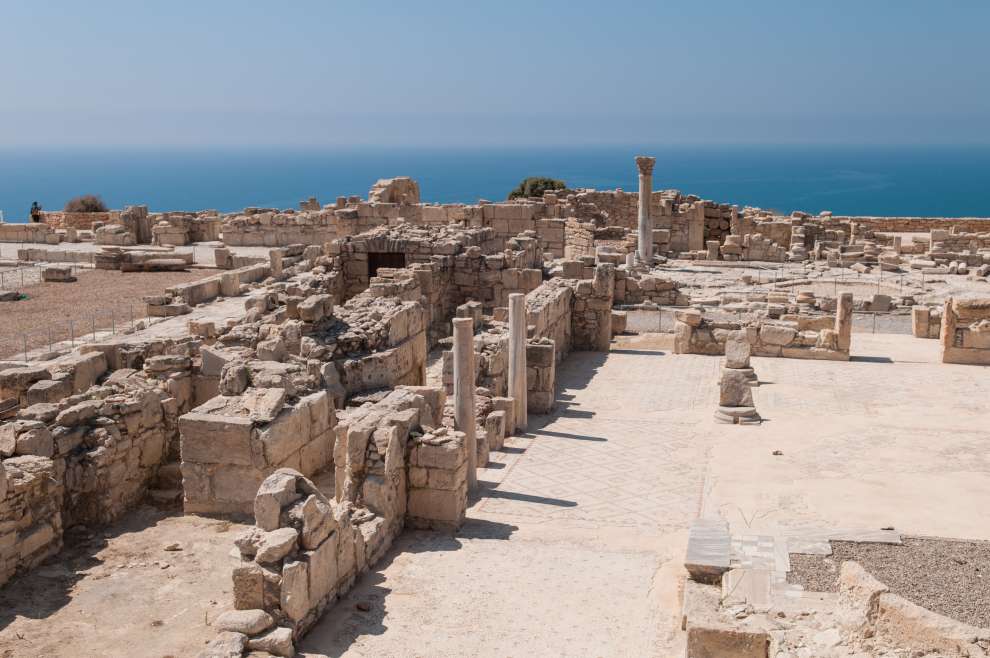
Curium is one of the most important and impressive archaeological sites in Cyprus.
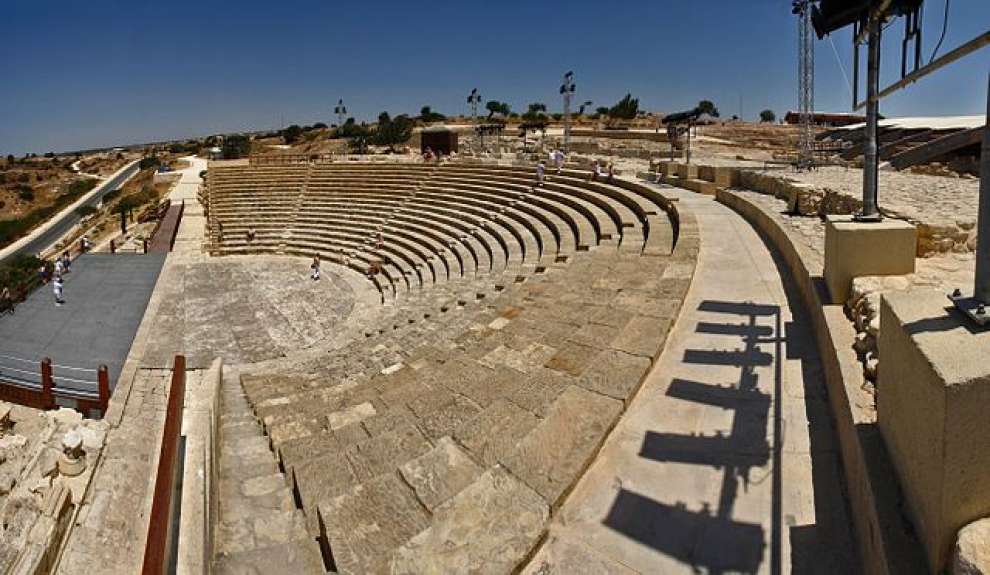
It was one of the most powerful city kingdoms of ancient Cyprus.
Its majestic place, the theatre, the treasury, a stoa (covered walkway), a palaestra (ancient Greek wrestling school), the temples, the baths, the market, the archaic, the circular “temenos and the temple of Apollo Hylates all show just how developed were these ancient inhabitants of the region.
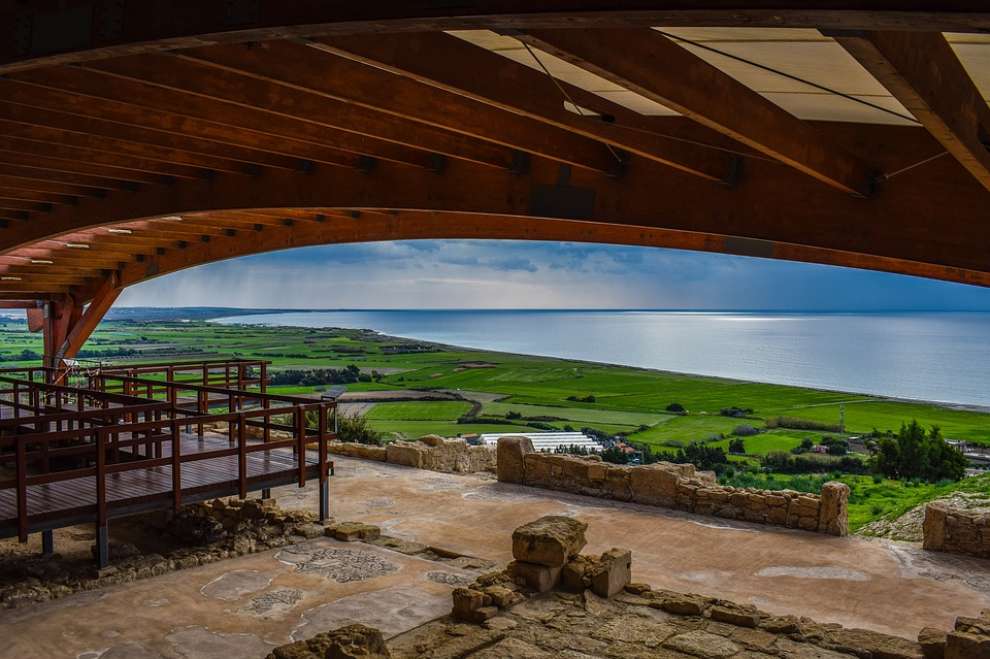
Kourion is named after the colonist, Kouriefs, and in accordance with the residential myth attributed by Herodotus, was founded by Achaean settlers who came as permanent settlers from Argos in the Peloponnese. Naturally, they brought with them their language and culture.
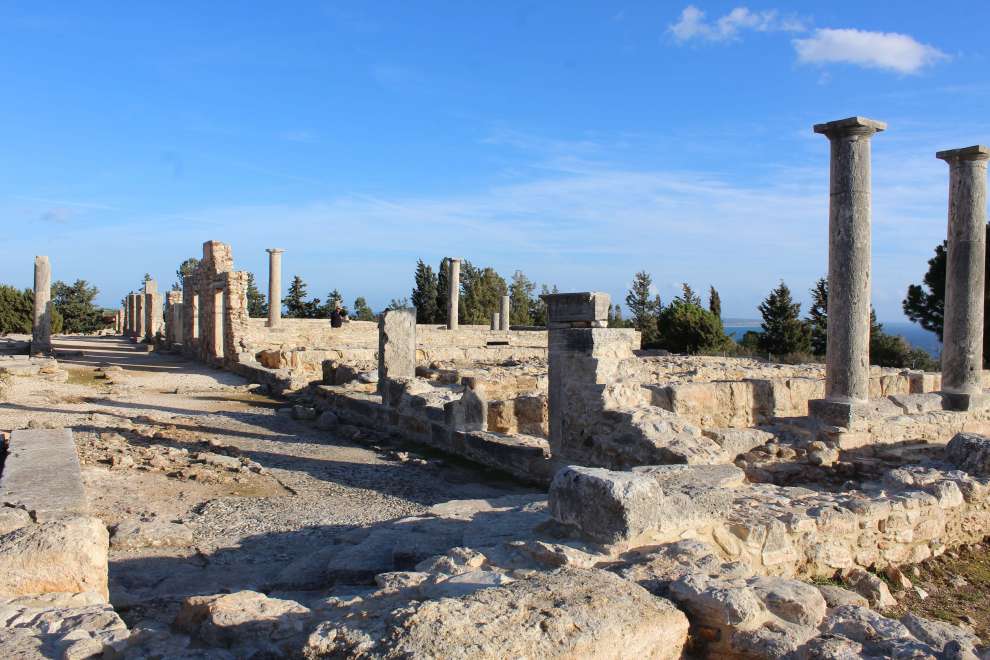
On the same hill are the remains of the four post temple dating from the end of the classical period, particularly the Hellenistic (325-50 cen. BC), Roman (50-330 cen. AD) and early Christian era (4th cen. AC - late 7th cen. AD). It was a sanctuary providing baths for the athletes when they exercised. There is also an arena. It is a central courtyard surrounded by colonnades.
In the area, there had been made many extensions and alterations in different periods with the temple as the main building having two main phases of construction: the oldest is calculated to be at the end of classical or early Hellenistic period and the second phase in the 1st century AD. Then the temple was rebuilt looking out to a different view. In ancient times the temple was open, with a yard and an altar. The altar was so important that anyone who touched it, unless he was a priest, was thrown off a cliff.
The site of the ancient sanctuary was damaged during the Roman period. The remains of a circular monument were found with cobbled floor, which may have been used for processions and dances around the sacred tree garden following the Roman worship habits. The sanctuary was extended in the 6th century BC with a circular monument and an Archaic altar to be added on the early built temple. Part of the late phase was restored after the devastating earthquake of 365 AD made it collapse. The inhabitants tried to rebuild it from the ruins however, the area had already lost its financial strenghth. The hellenisation of the island stopped. During the 4th century AD the worship of the God Apollo Hylates comes to an end. The prevalence of Christianity was rising and spreading, the inhabitants turned to Christianity and remain Christian to this day.
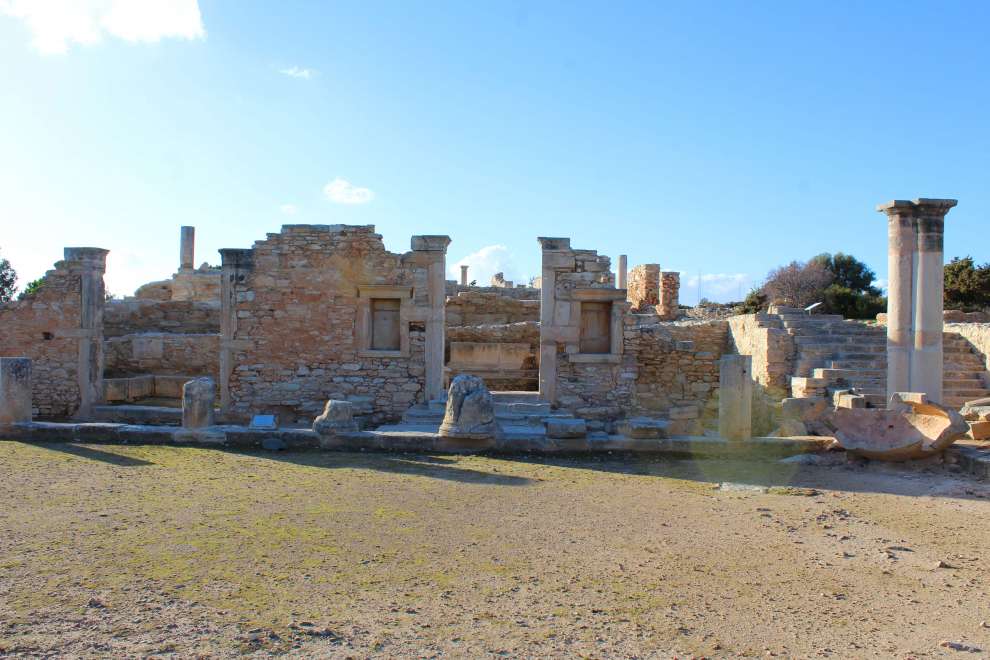
Other important monuments of Curium are:
The Roman market dated to at least the 1st century AD. Several alterations over the centuries brought it to its current form. It includes bath complexes and a “nymphaeum”. At a central point of the market existed a huge building which was in use from the late 4th century. B.C. until the end of the Hellenistic period.
The House of Achilles. This Roman House from the fourth century AD was named in honour of the Homeric hero Achilles, an important character in ancient literature. This space was used for the reception of very important visitors. At the time of its prime there were beautiful mosaics in almost every room. One of them is the mosaic depicting the scene which Achilles reveals his identity to Odysseus, who is disguised as a merchant to the courtyard of King Lycomedes of Skyros. Today, only a part of the house remains - in the southwestern part of the hill next to the old Limassol-Paphos road.
The House of the Gladiators, a Roman house that took its name from the mosaic representations of gladiators that were decorating the central courtyard, dates back to the 3rd century A.D. and is located a few meters east of the "House of Achilles".
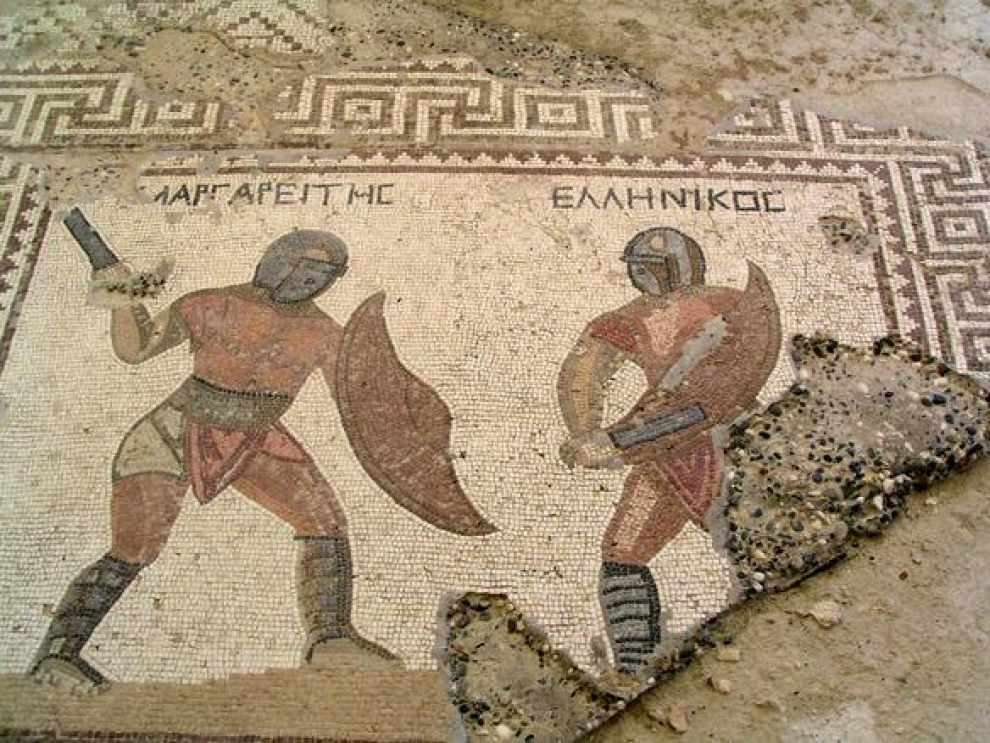
The theatre with a capacity of 3,500 seats which is still used today for cultural events. Combines all types of spectacle with a background of the breathtaking sea view. Build in the 2nd cen. B.C. at the southern end of the hill, in the 2nd cen. A.D. it was remodelled to its present form. Around the late 2nd century/ early 3rd century AD some modifications were made, such as attaching a metal railing, to be able to accept a popular spectacle of the time, the beast fights. Today only the foundations of the scene remain. When you see an actor interpret his role in that space with its stunning view, you cannot help but feel awed. Even today despite the ravages of time, with the changes of religious and cultural habits, you are bowing to the greatness and intellect of the first settlers who decided to start something new with beautiful and solid foundations.
The Early Christian Episcopal Basilica, one of the most important early Christian monuments of Cyprus. The temple was built in the early 5th century AD, while the 6th century AD saw some changes with new mosaic -covered floors and marble inlays (colourful mosaics of small pieces of marble). To the north of the basilica was an atrium and baptistery. In the western part of the basilica was connected through the “narthex”, a composite structure comprising the diaconic space, to which the worshippers placed their offerings and possibly to the residence of the bishop, the Bishopric in the form of small basilica with “narthex”.
The stadium was built in the 2nd century AD, with a capacity of approximately 6,000, to the east of the sanctuary of Apollo Hylates. It remained in use until the end of the 5th century. It has a horseshoe shape and there are three entrances. Part of the seating has been restored to enable the visitors to discern that there were seven rows of seats above the track level.
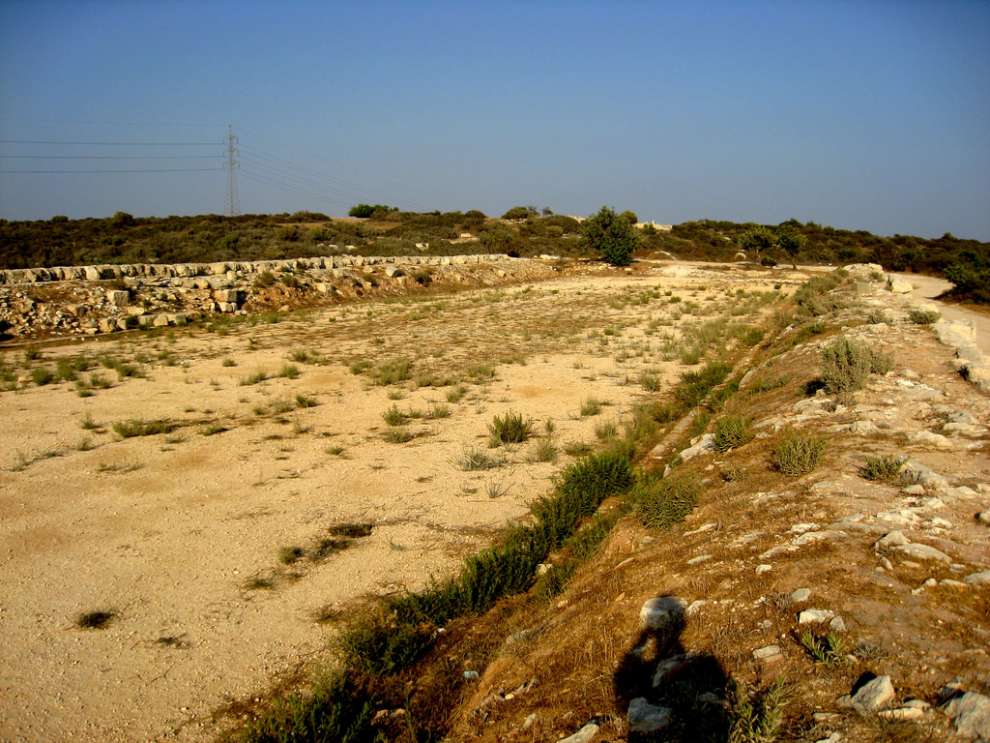 The Small Basilica Outside the Walls was built around the end of the 5th century AD a short distance east of the stadium. We can see the vestibule and peristyle atrium. In the middle of the atrium the fountain was destroyed by fire. The architectural basilica parts converted into architectural lime marble. On the north side of the basilica there was a small chapel. During the excavation of the basilica, a dedicatory inscription to Demeter and Kore was found. This dates to the 4th century. It is likely that either there or somewhere nearby there existed a sanctuary of Demetra and Daughter, deities associated with the Eleusinian Mysteries. This reminds us of the residential myth of Curium, according to which the first settlers of the city were the Argives.
The Small Basilica Outside the Walls was built around the end of the 5th century AD a short distance east of the stadium. We can see the vestibule and peristyle atrium. In the middle of the atrium the fountain was destroyed by fire. The architectural basilica parts converted into architectural lime marble. On the north side of the basilica there was a small chapel. During the excavation of the basilica, a dedicatory inscription to Demeter and Kore was found. This dates to the 4th century. It is likely that either there or somewhere nearby there existed a sanctuary of Demetra and Daughter, deities associated with the Eleusinian Mysteries. This reminds us of the residential myth of Curium, according to which the first settlers of the city were the Argives.
The ancients knew how to choose their places of habitation. The view to the magnificent Mediterranean sea from the temple is endless. The sea and the sky are creating an infinitely captivating and totally awe-inspiring image from which it is hard to take one’s eyes away. The scene does not fail to inspire feelings of spirituality and a connection with the divine. It was the ideal location for the Christian church and earlier for the temple of Apollo. Because Apollo was the ancient Greek God of light it was common to build the temples in places where the light and the radiance of the sun gave a riveting beauty honouring and strengthening its image.
Kourion is a place that captivates visitors in different ways. This ancient city just outside Limassol is a monument to our ancient heritage, a journey into the island’s history. As you bask in the view of the hospitable turquoise of the Mediterranean, you cannot but find a visit there to be an uplifting and warm experience. You can walk among the buildings and relax amidst this wonderful combination of marble stone, sea greenery and history. You can admire ancient, Roman and Byzantine remains, the one in, on and beside the other, such as the ancient Hellenic theatre, mosaics and temples highlighting the continuation of the history of the island.
Helpful tips:
*In the sunny beach below you can go swimming, windsurfing and kitesurfing against a backdrop, in the evening, of romantic sunsets.
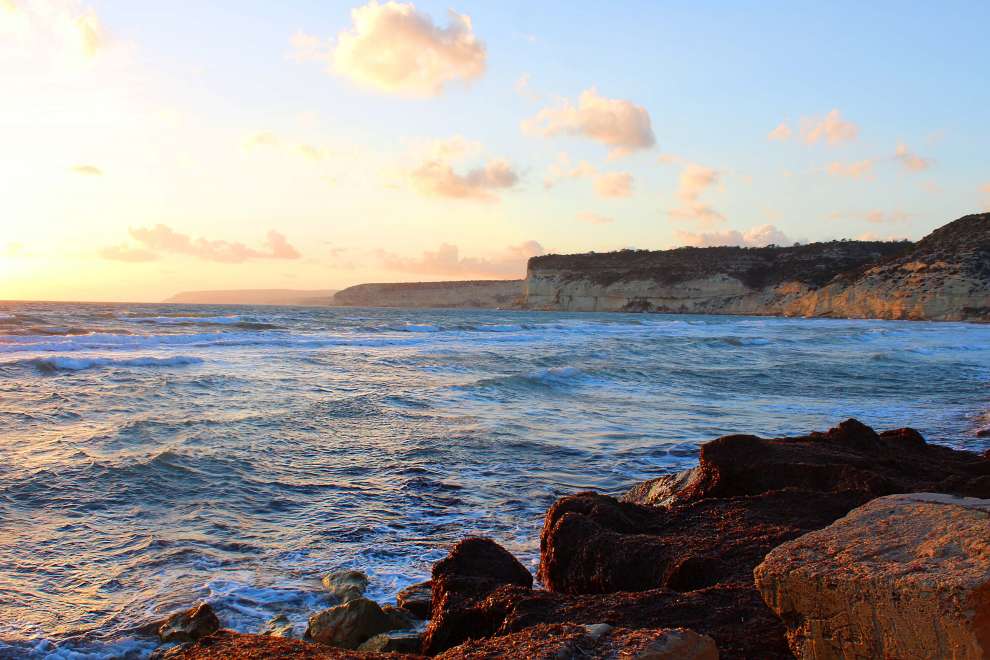
*A Nature Trail is nearby.
*For the convenience of guests, all areas are accessible by footbridges; Disability access is provided. The reception area of the visitors’ centre offers toilet facilities, souvenir shops and Free WI FI.
*Nearby you will find restaurants with quality local and international cuisine
In the archaeological area "House of Eustolou" there is the system of writing and reading of blind "Braille".
Accessible to people with wheelchairs, is the area with mosaics of Kourion which is on the first hill.
Special parking spaces (marked)
Special toilet (marked)
Free internet access (wi-fi) at the Visitor Center
For more information please call +357 25934250 or click here www.mcw.gov.cy/da
Open Hours:
September 16 to April 15, daily: 8:30-17:00
April 16 to September 15, daily: 8:30-19:00
Closed on holidays such as December 25, 1st January and Easter Sunday.
Ticket price € 4,50.
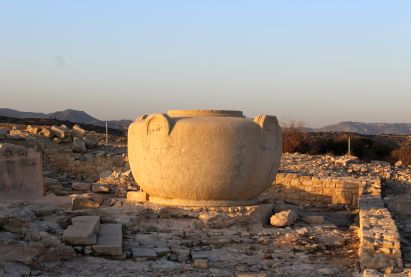
Don't forget to visit the archaeological site of Amathus.

 English
English
 Ελληνικά
Ελληνικά Русский
Русский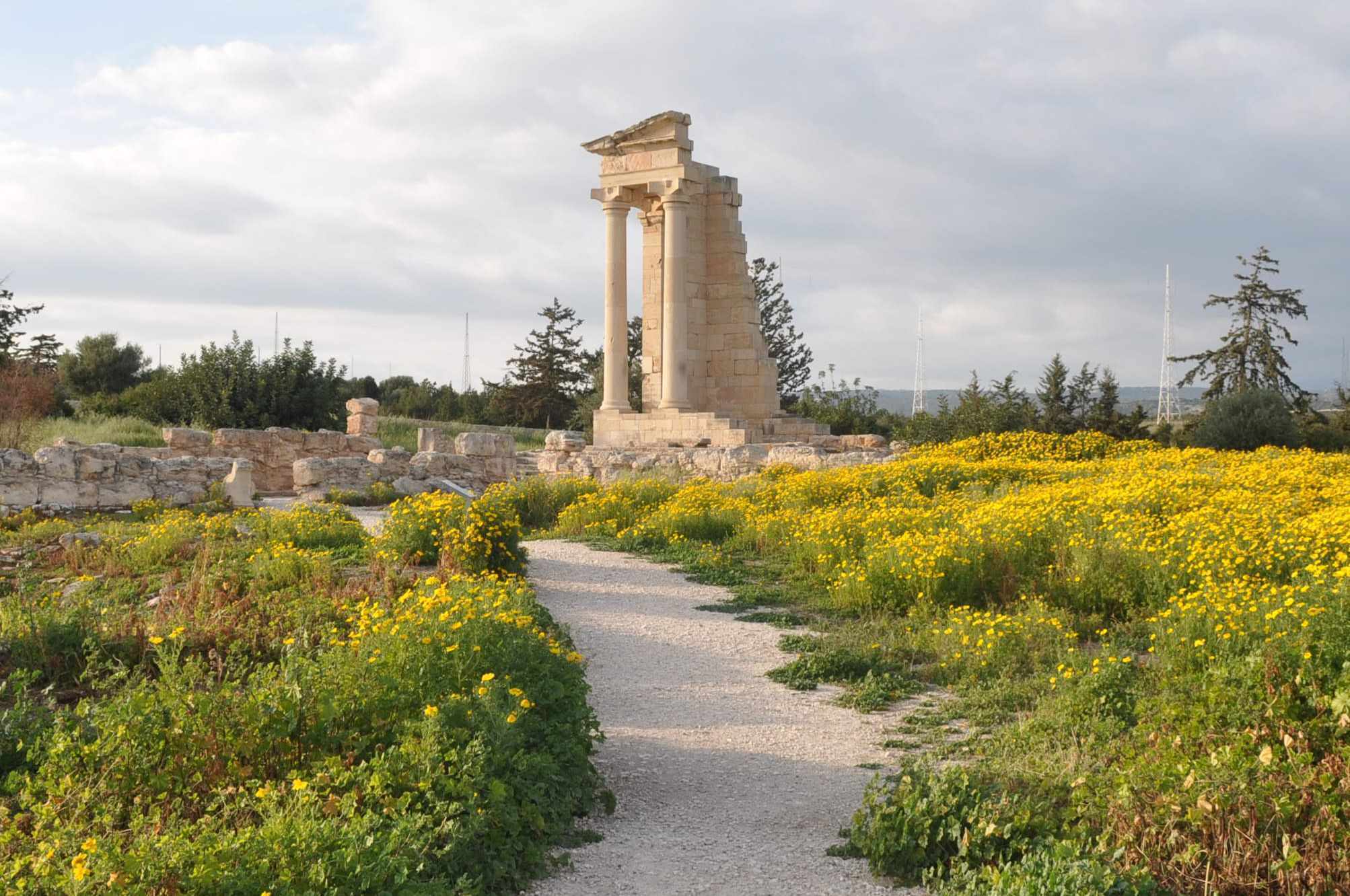
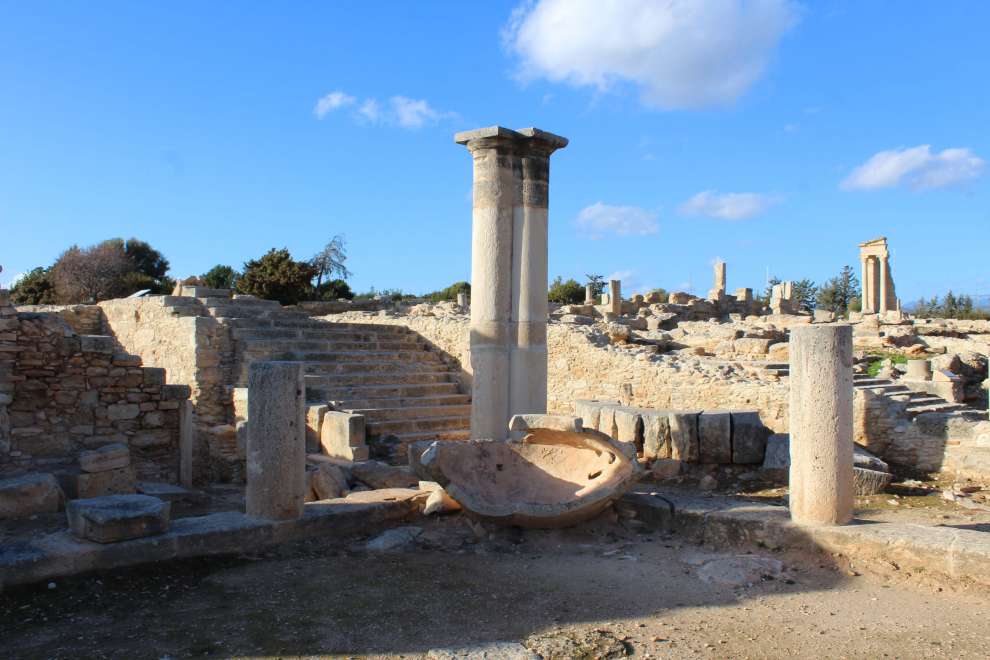
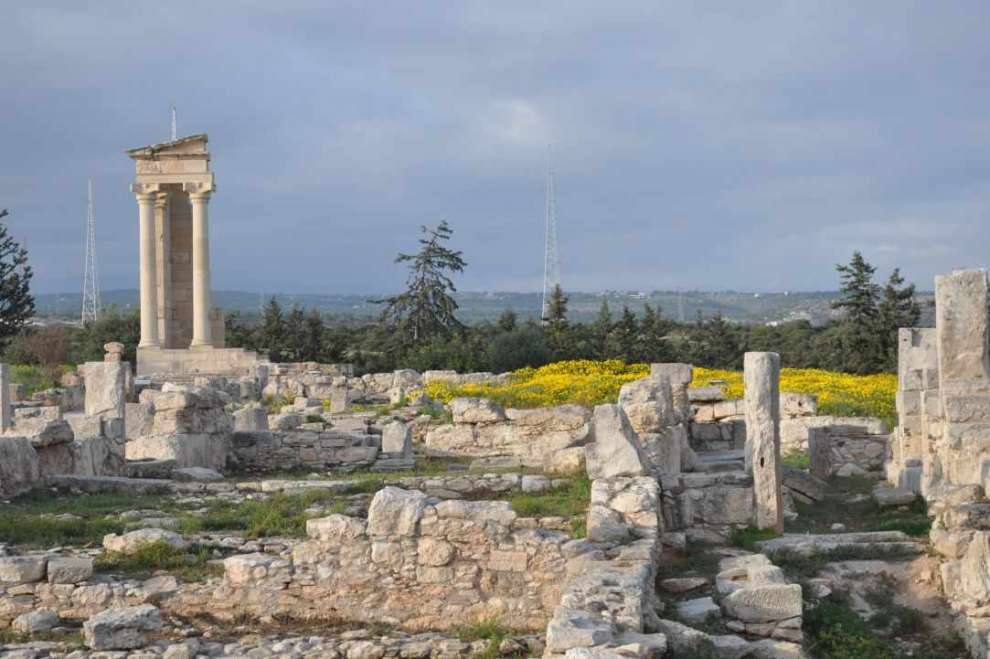
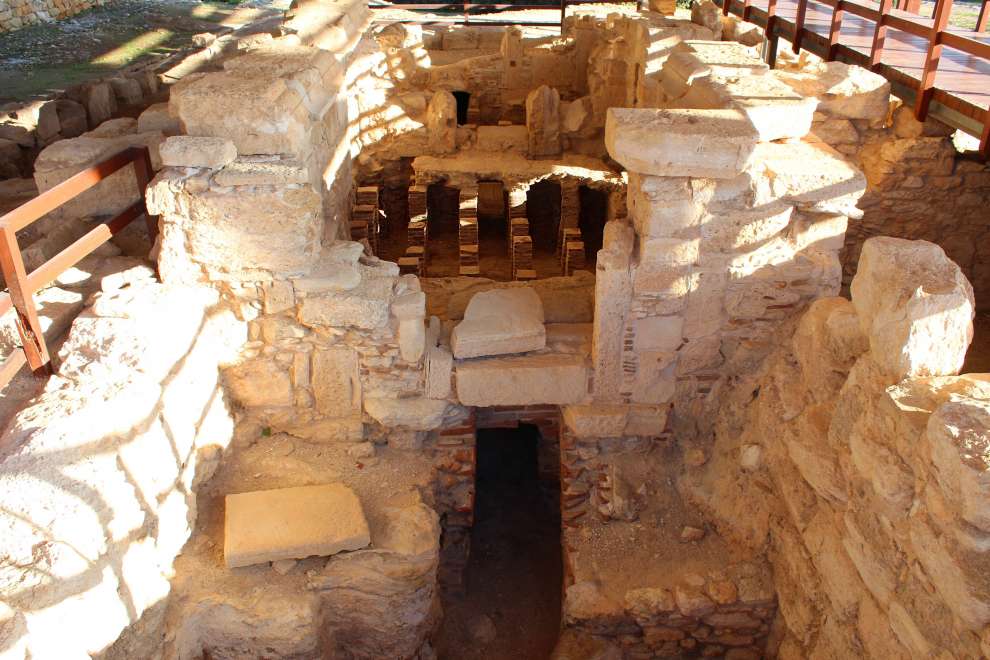
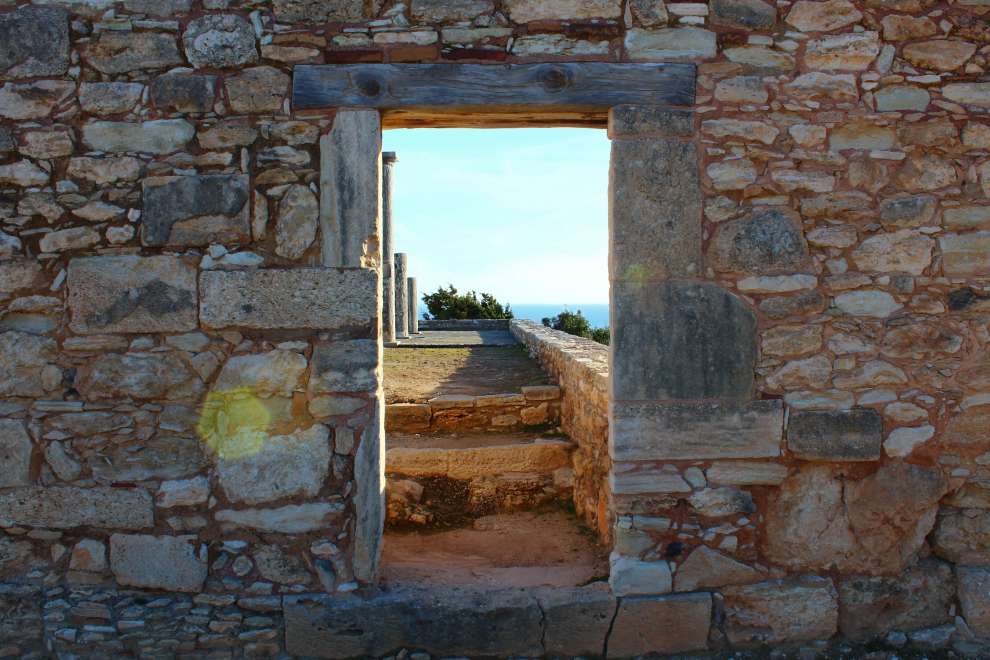
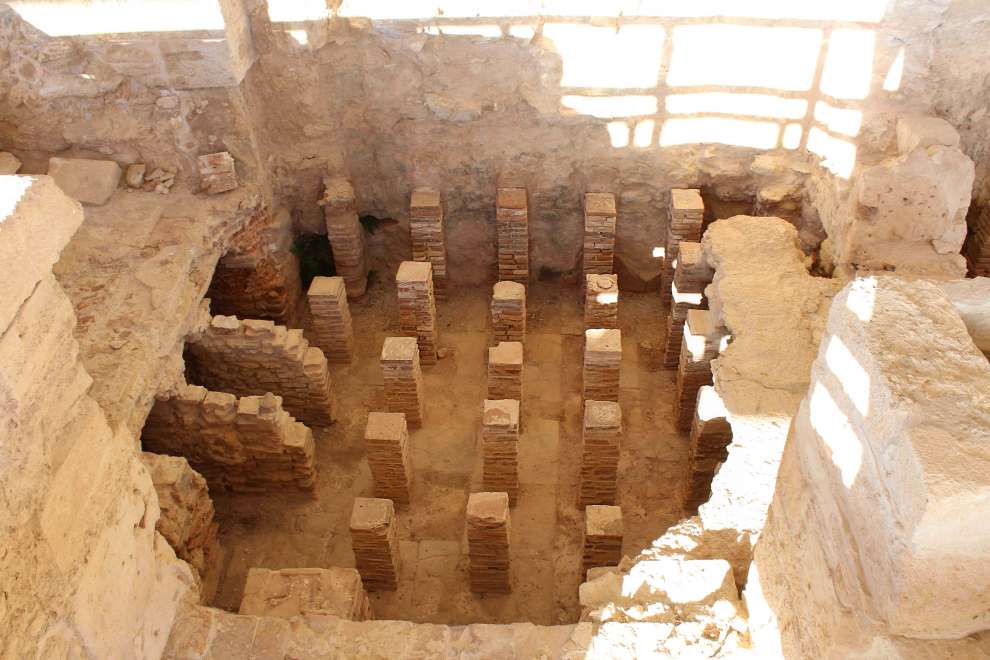
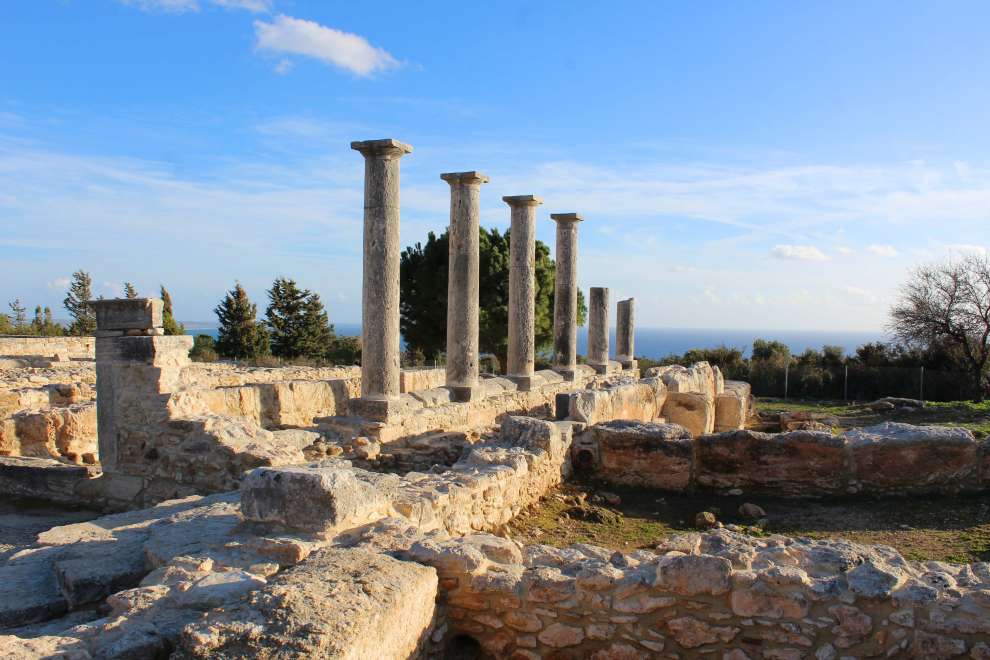
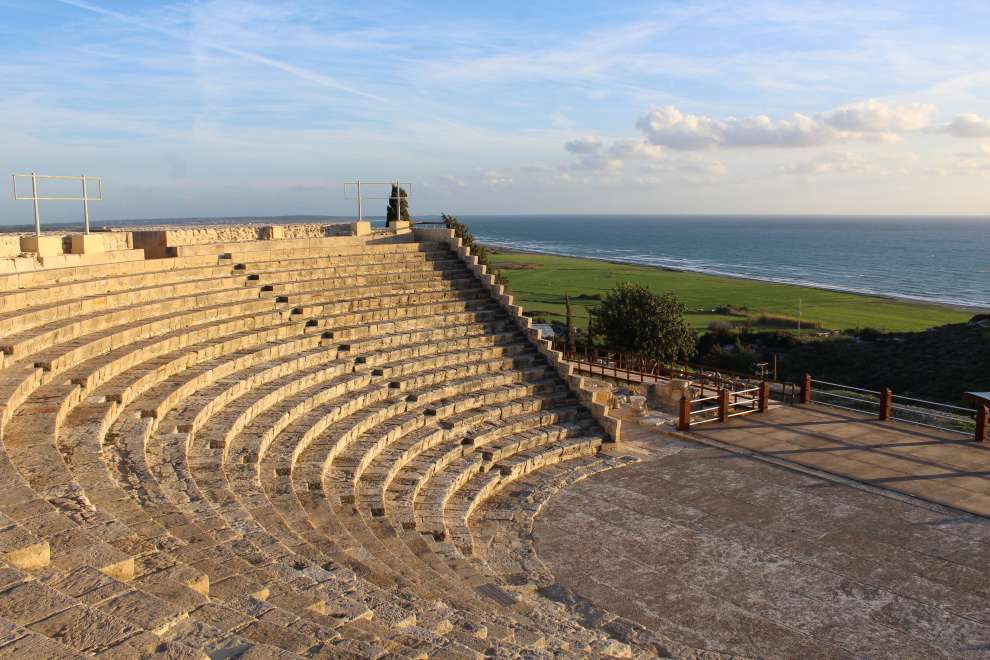
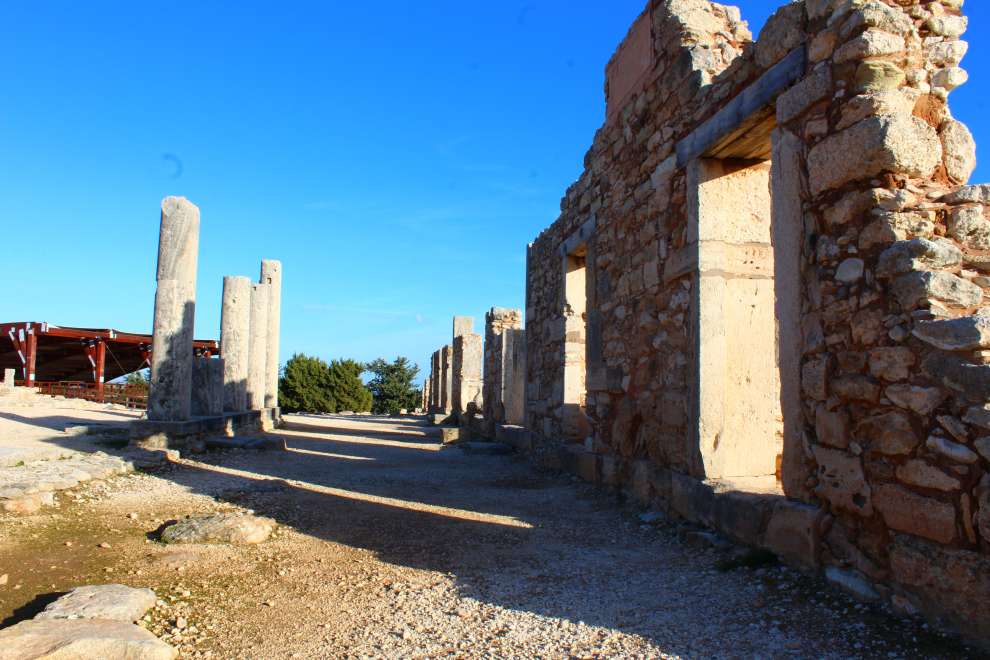
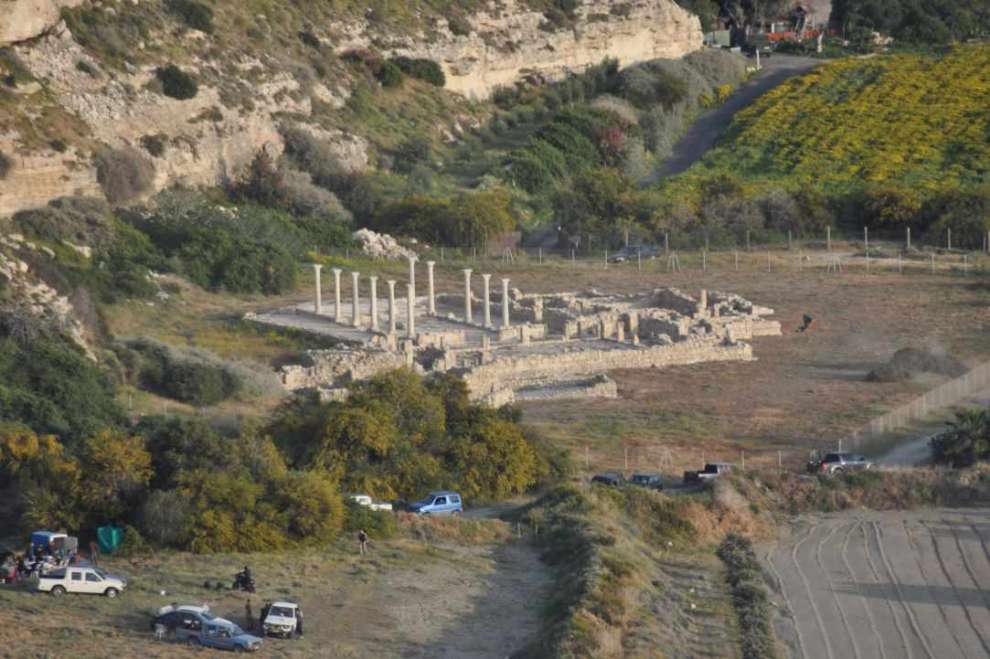
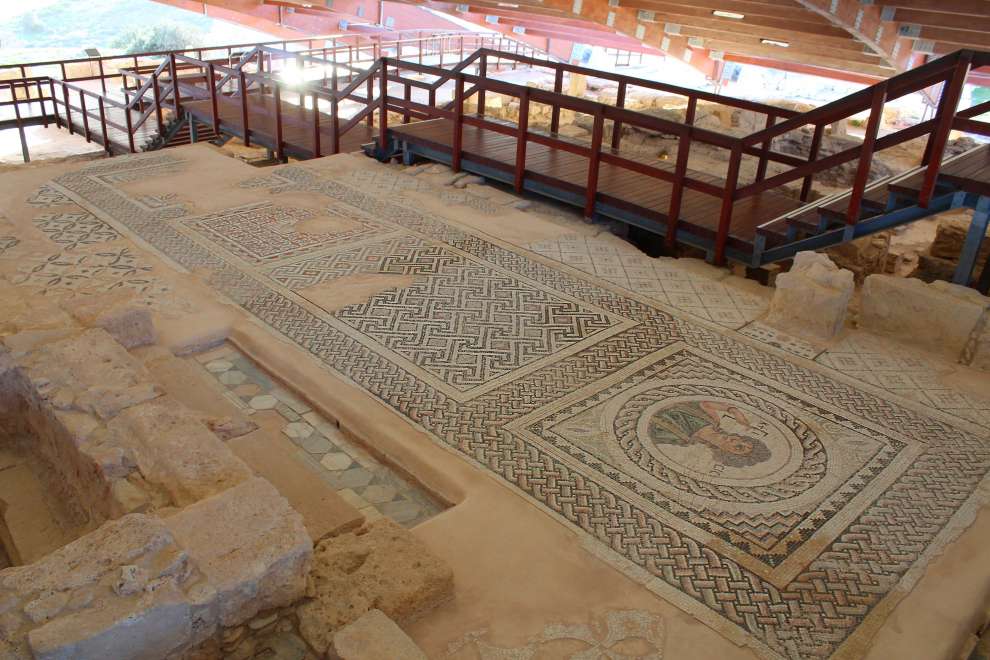
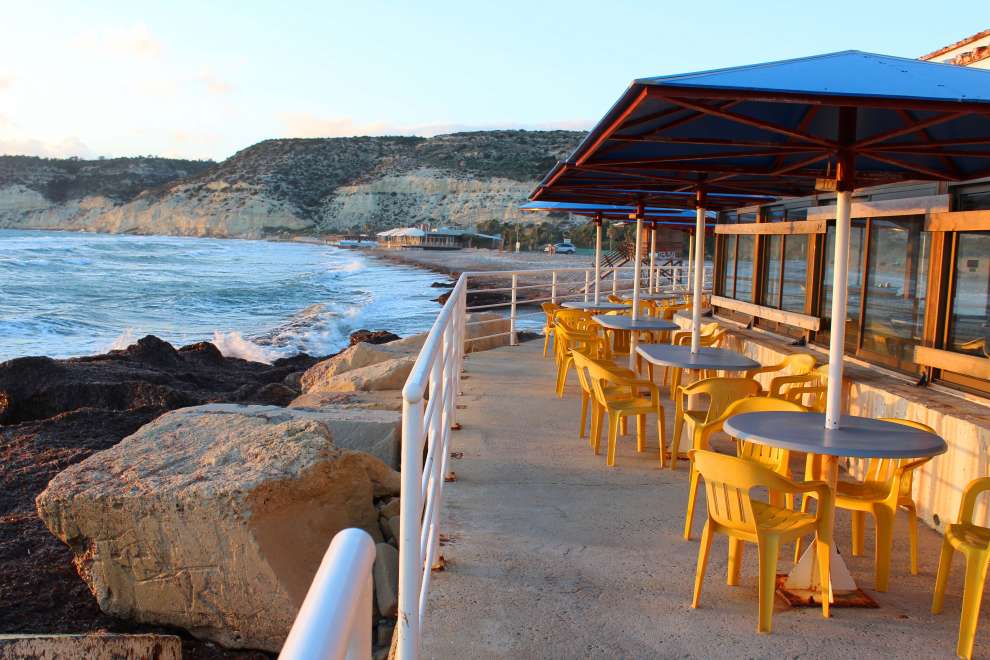
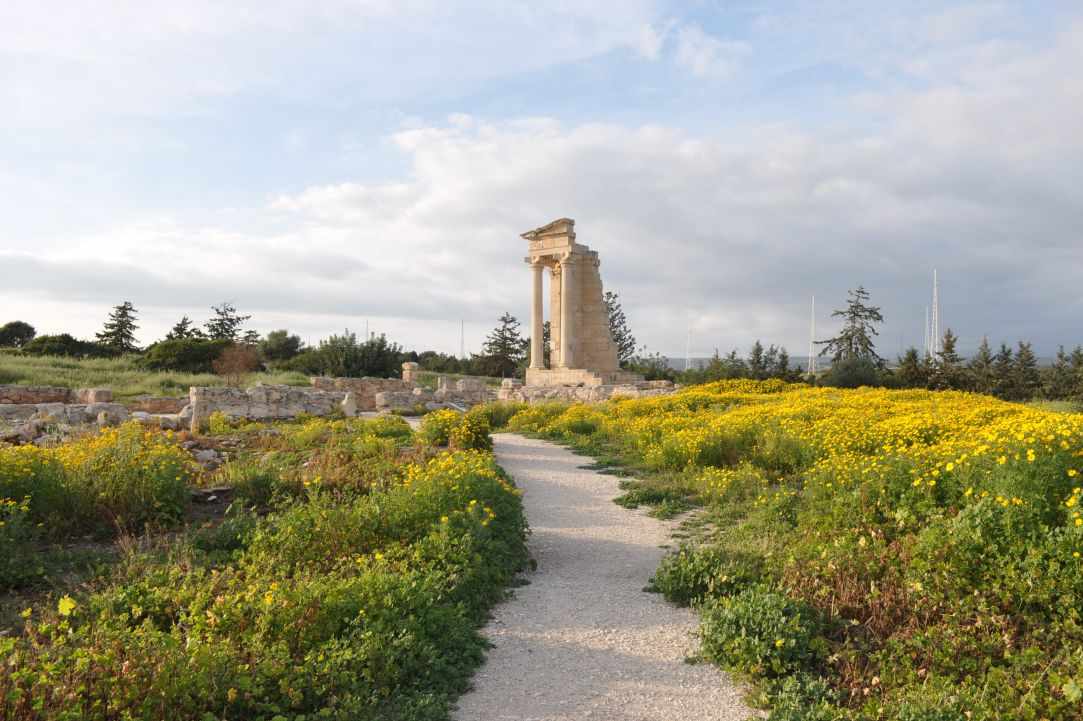
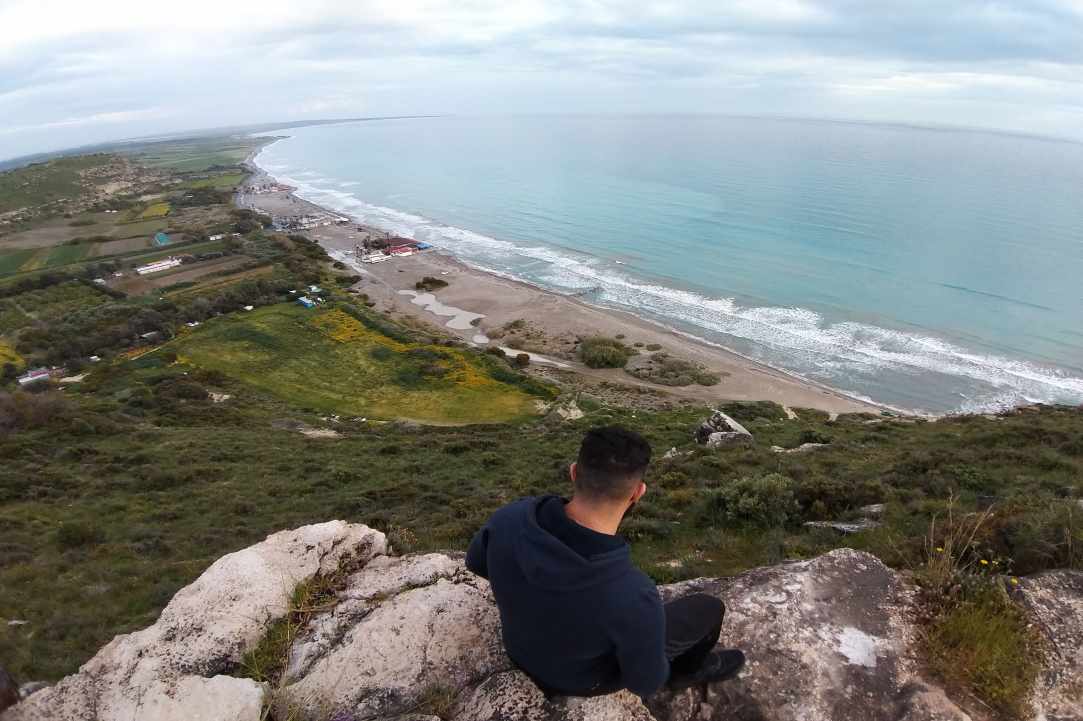
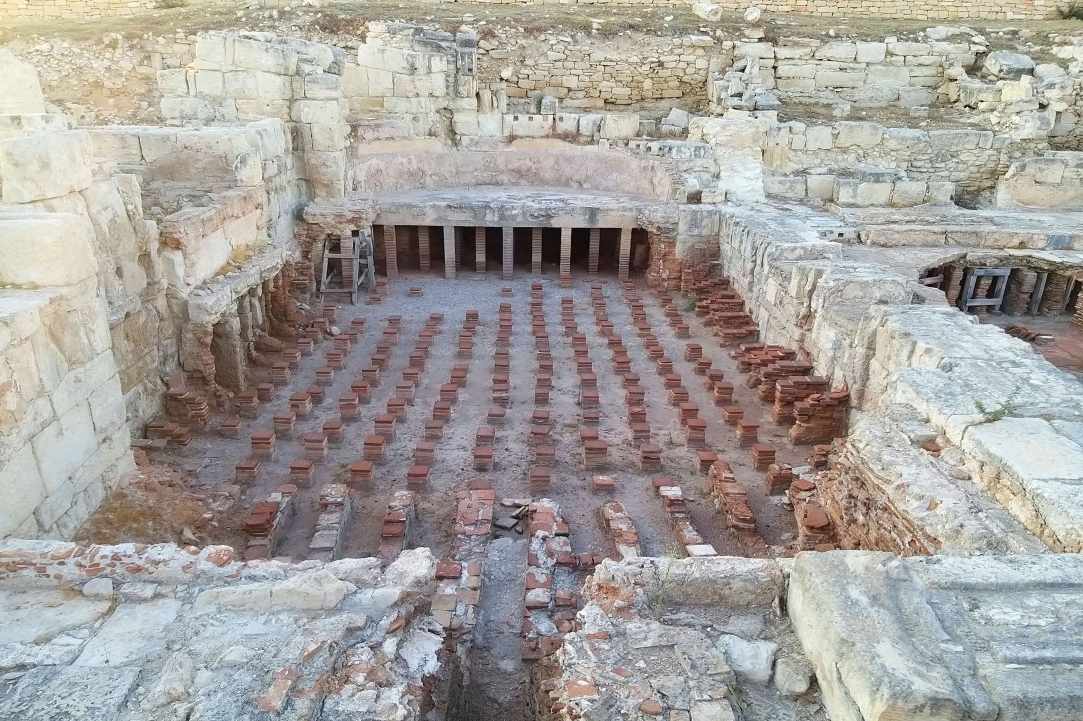
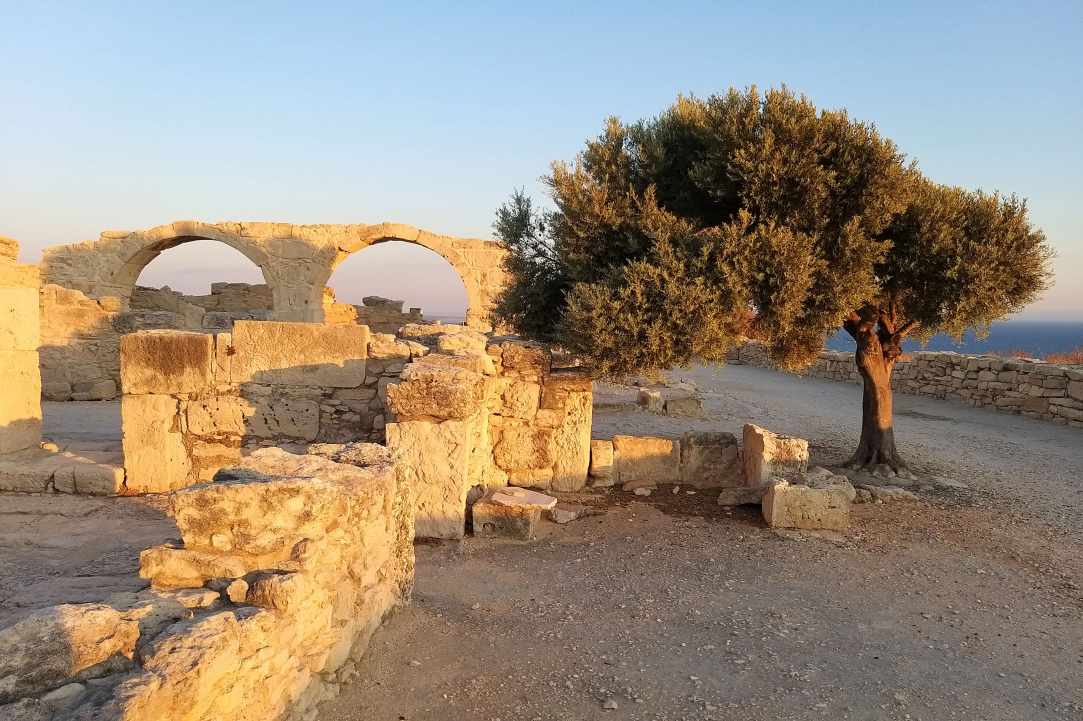
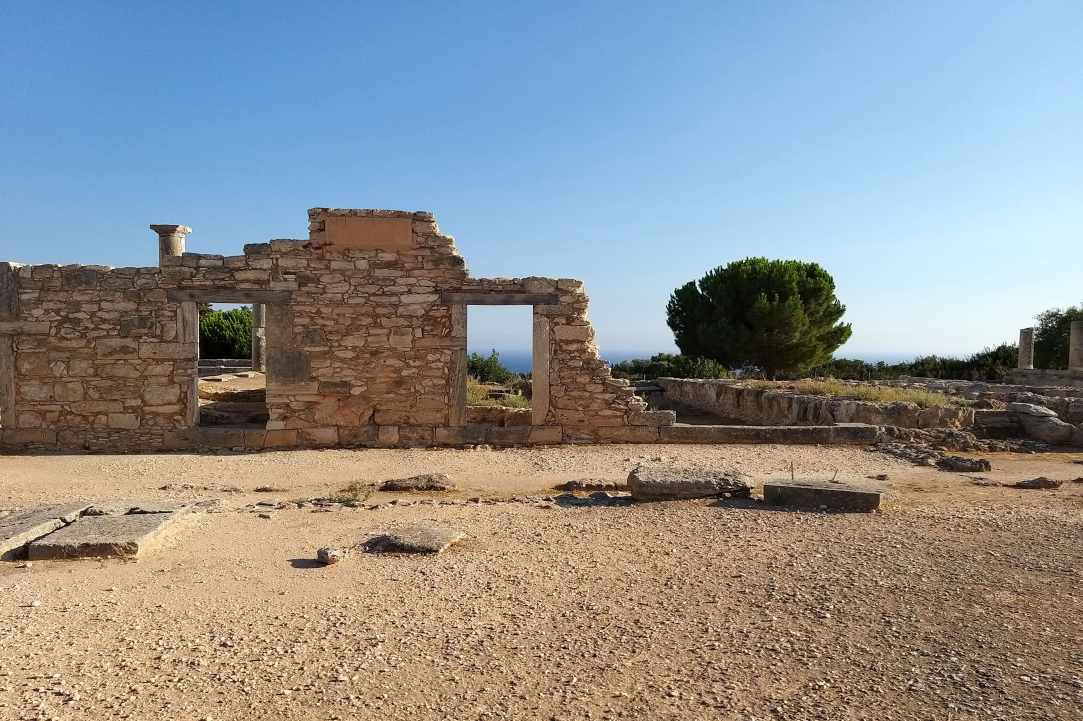
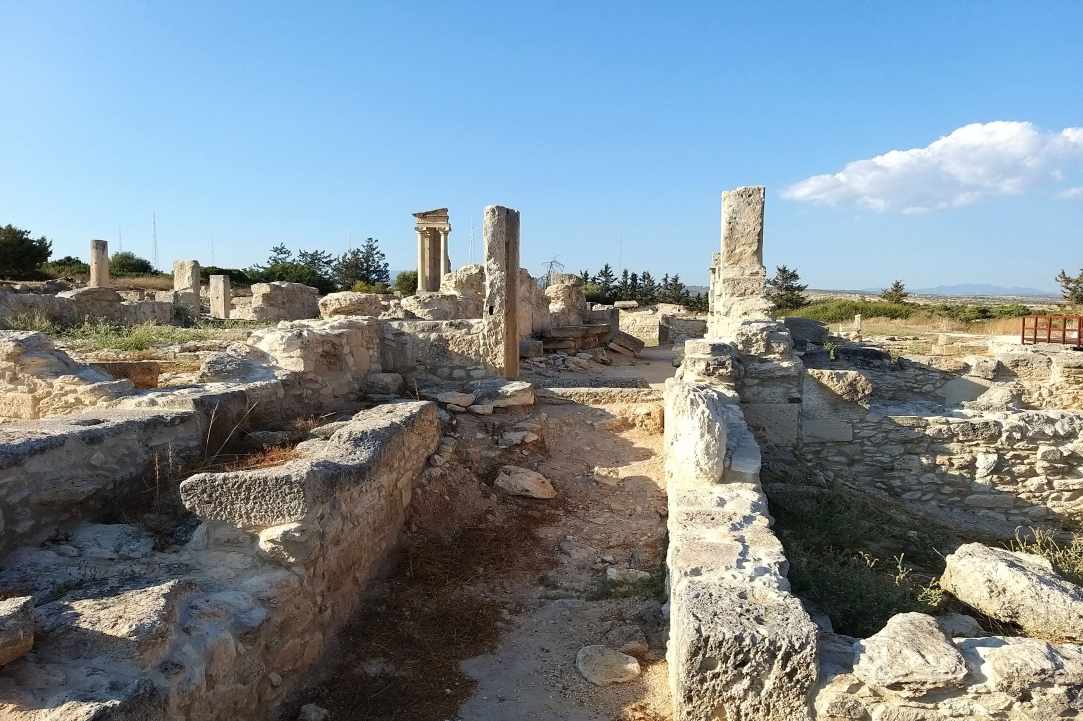
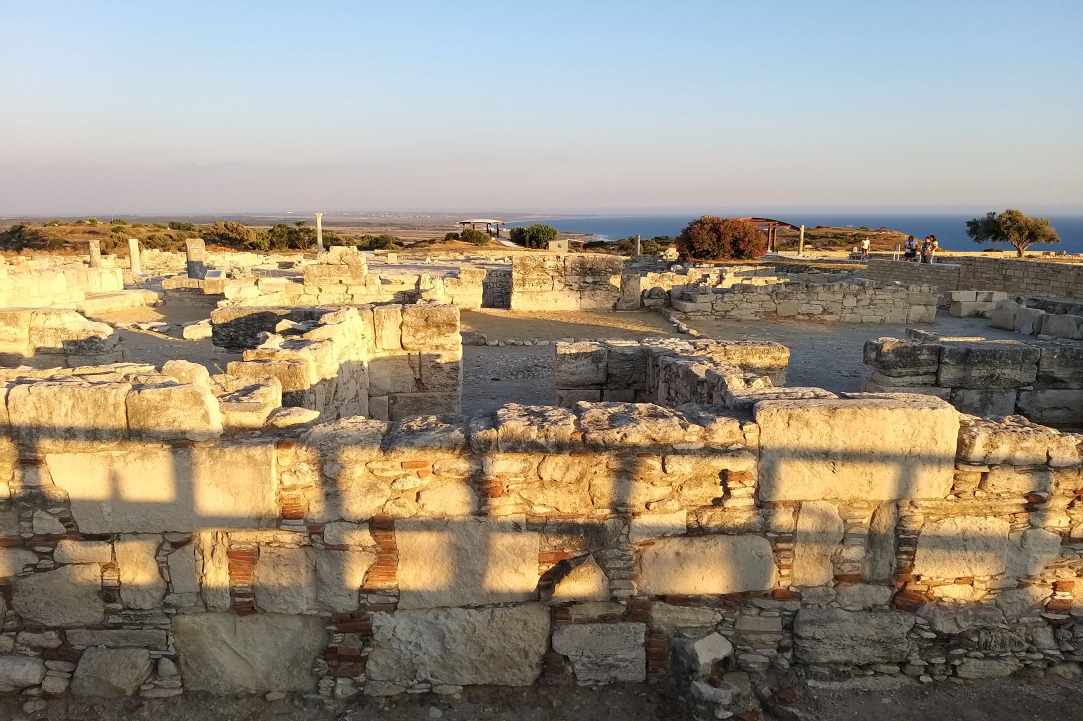
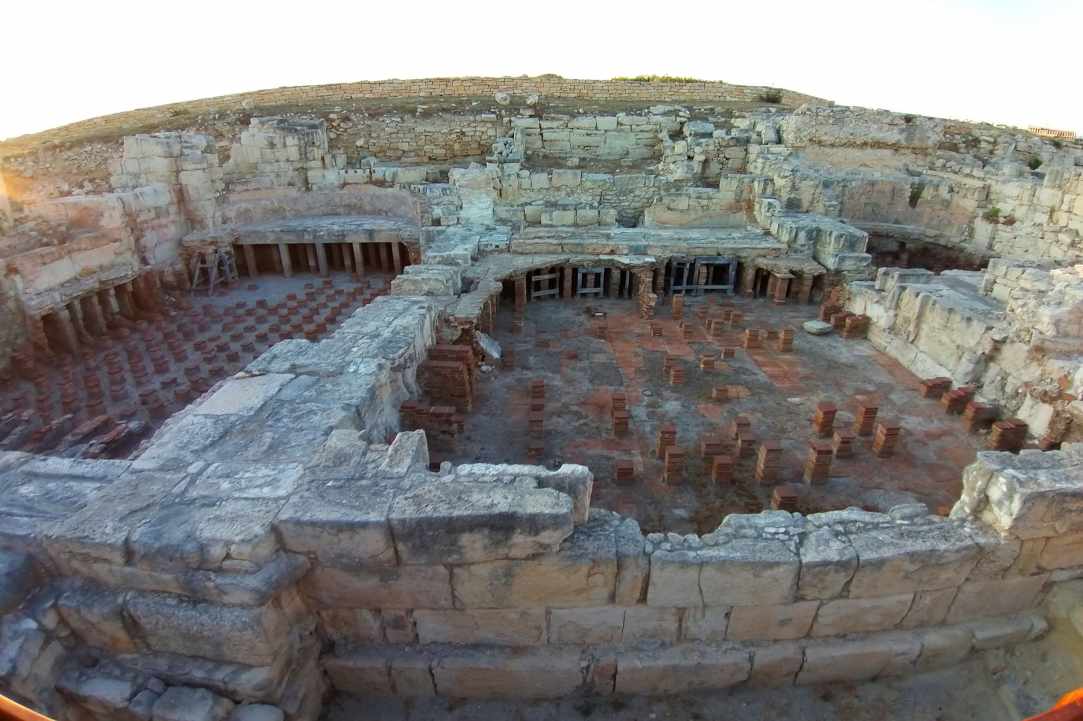
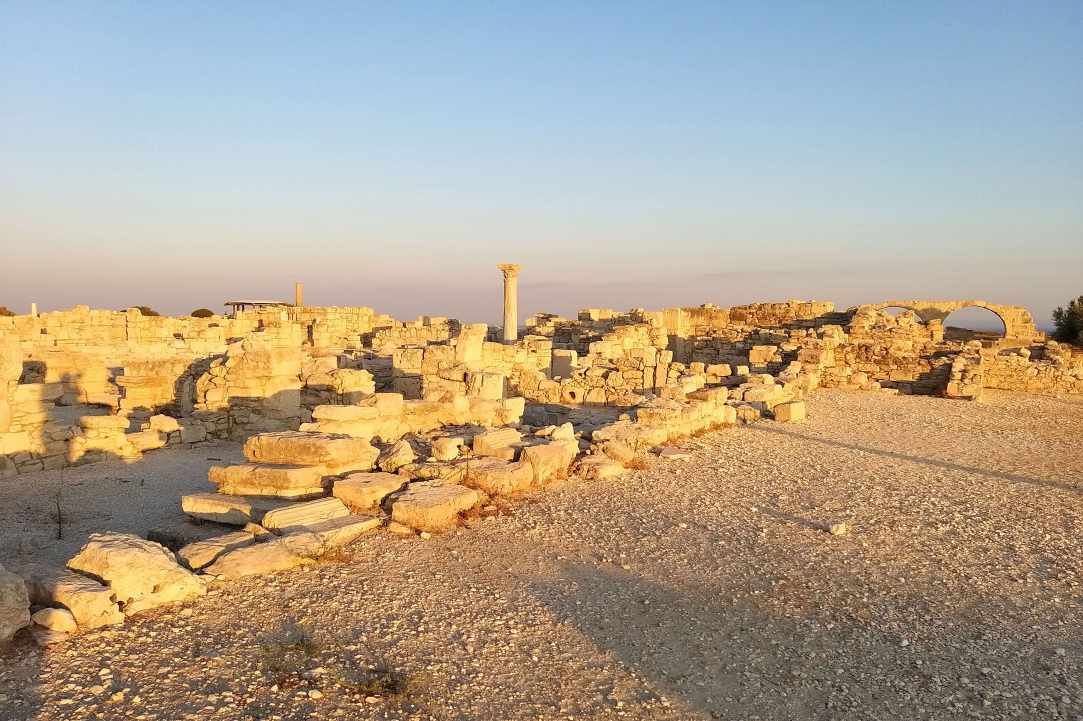
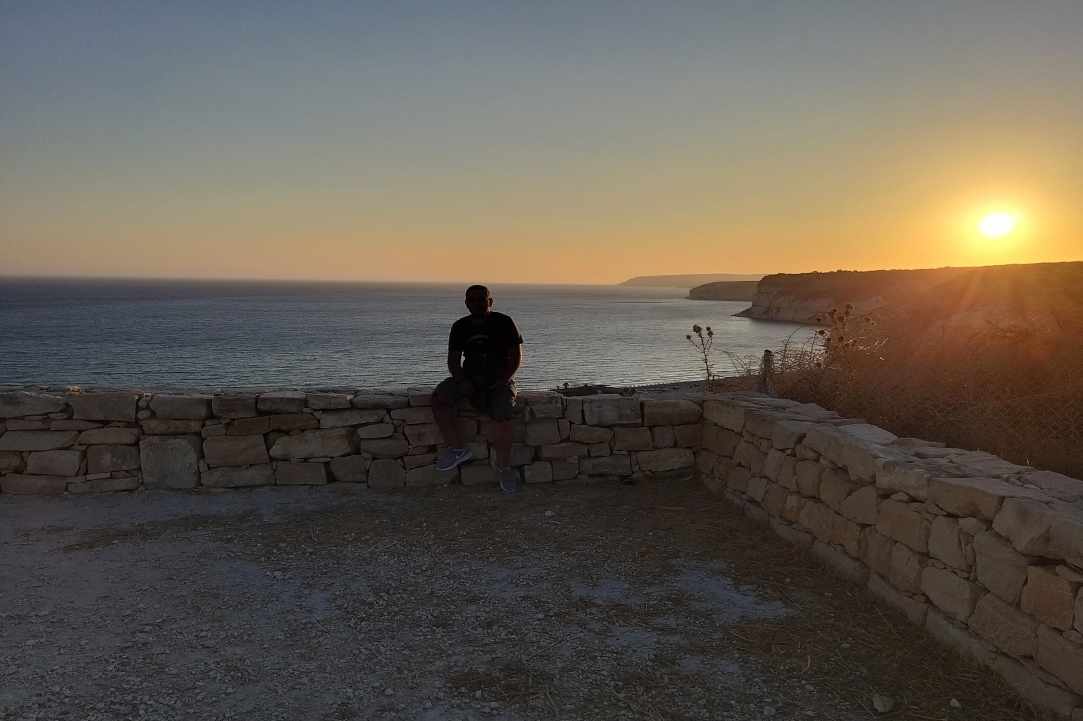
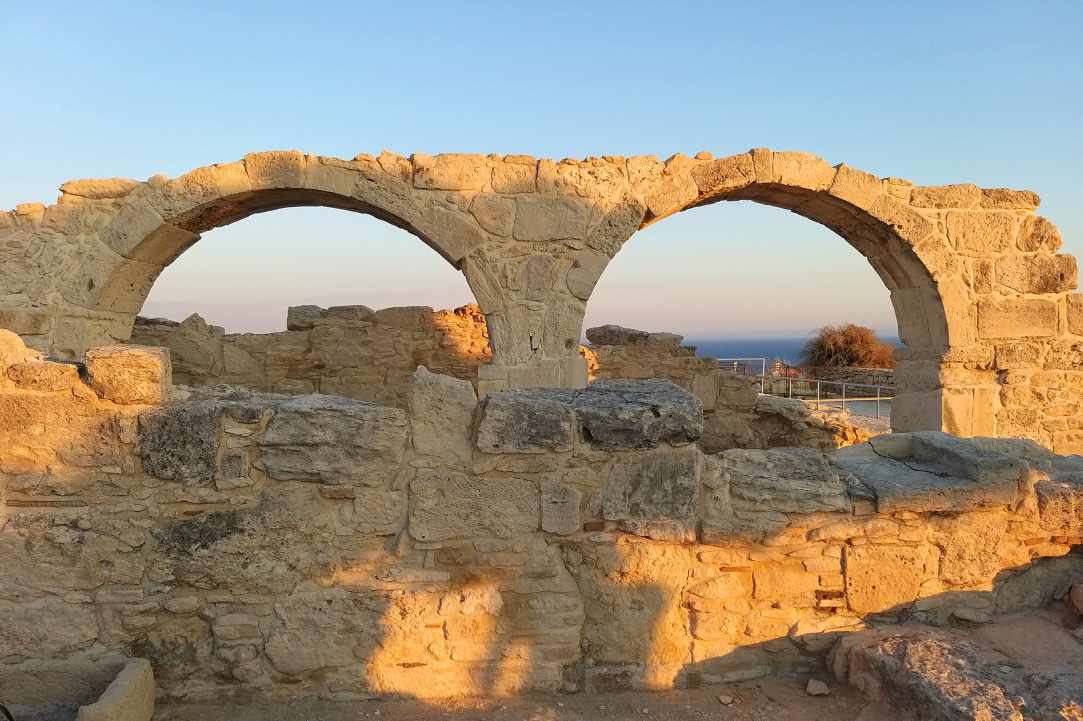
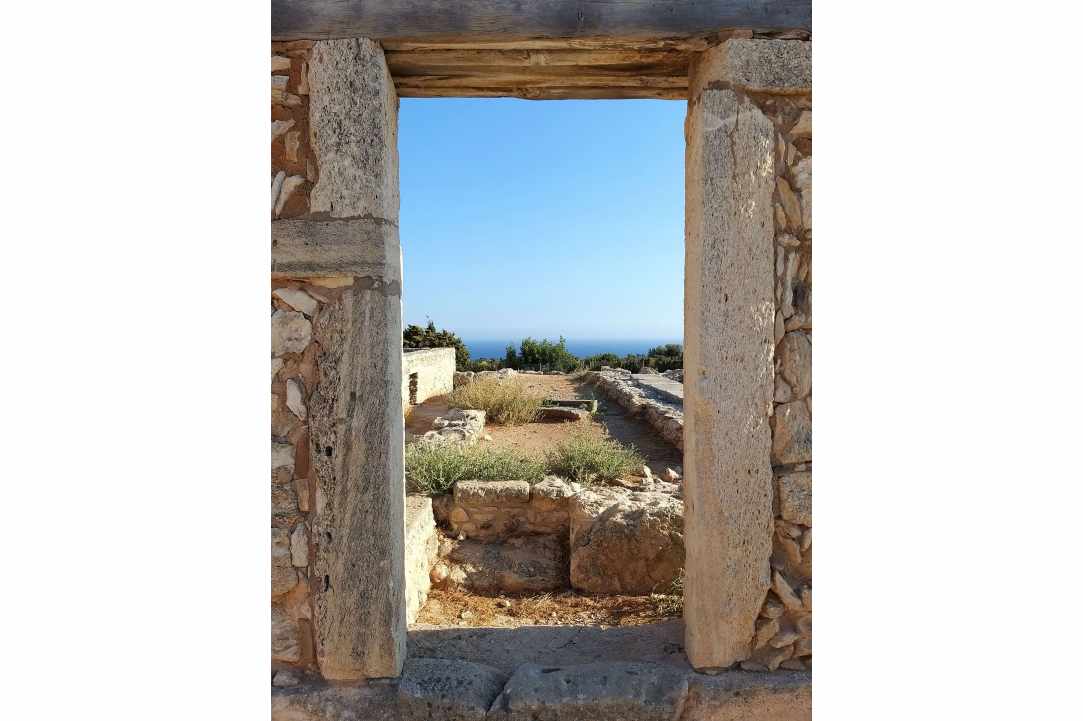
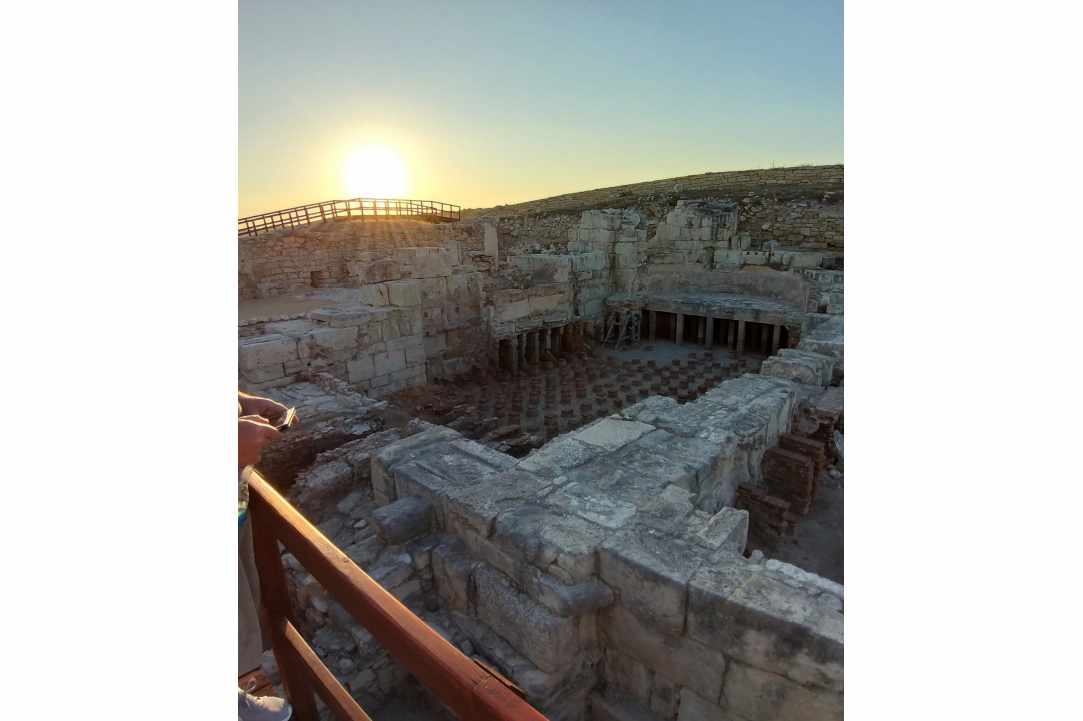
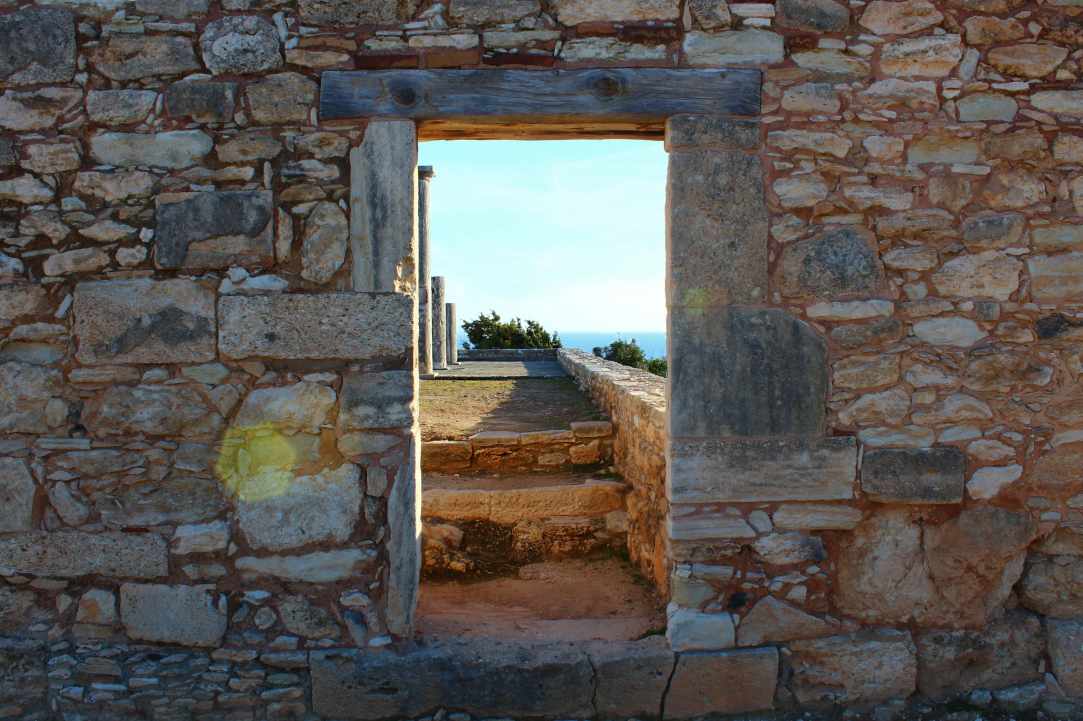
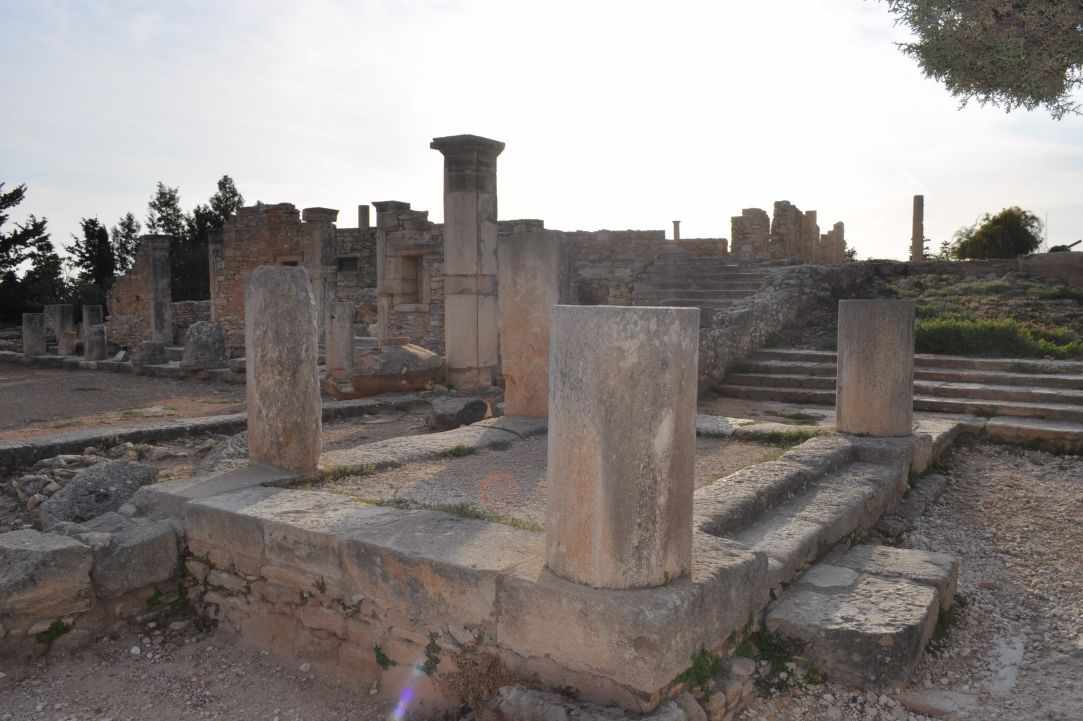
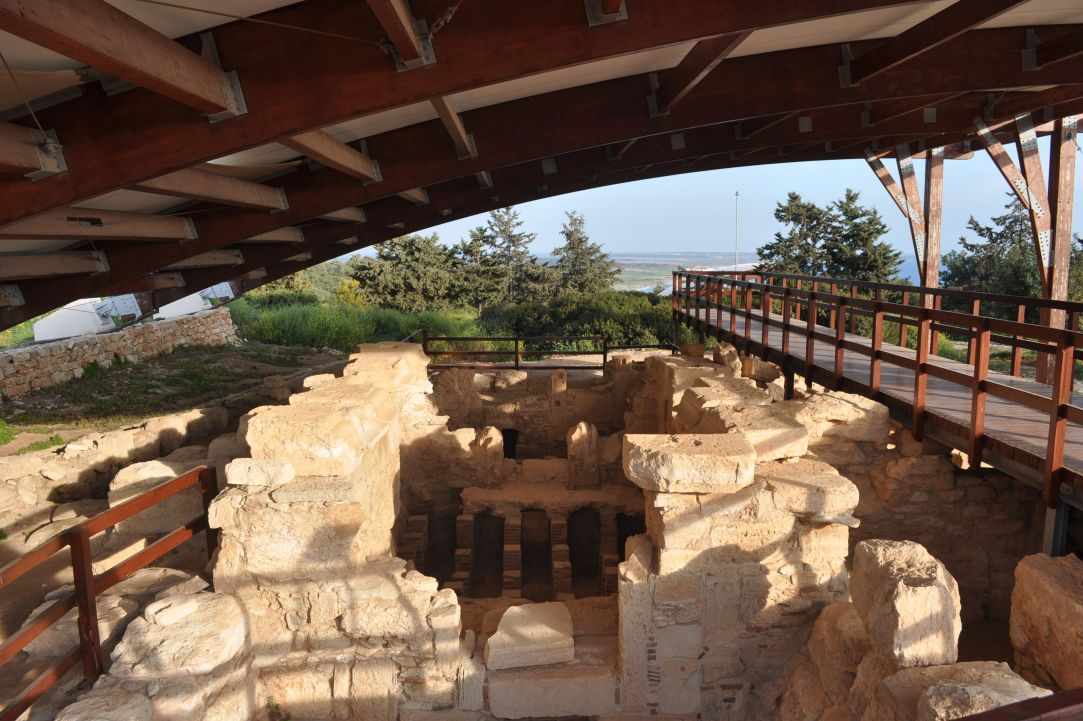
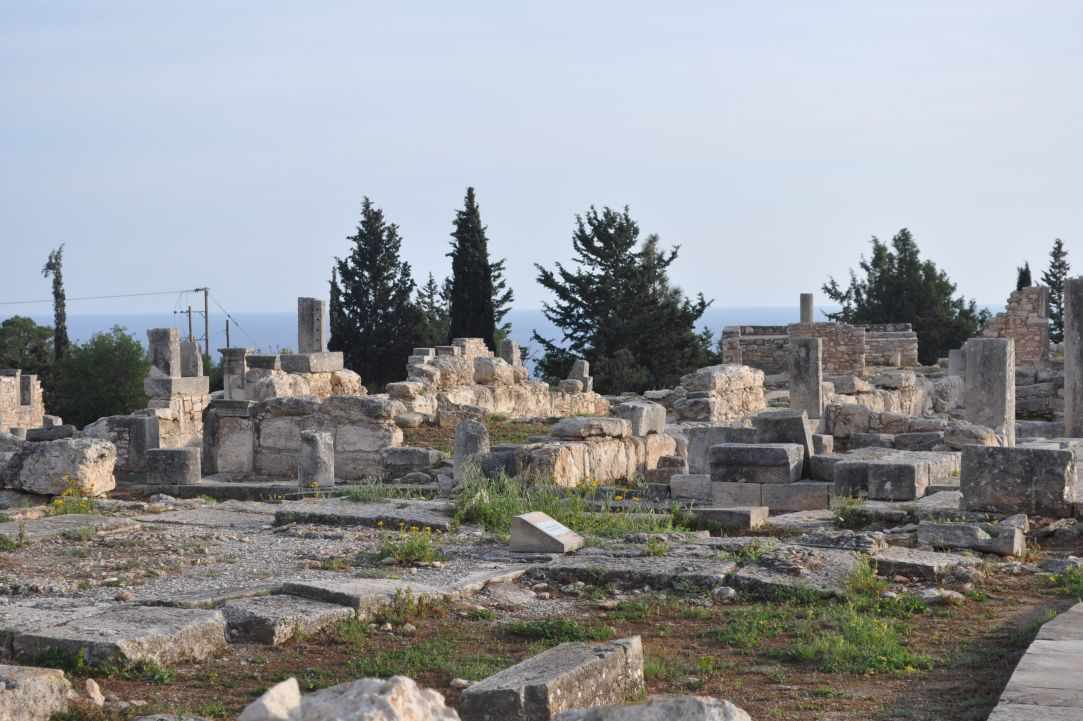
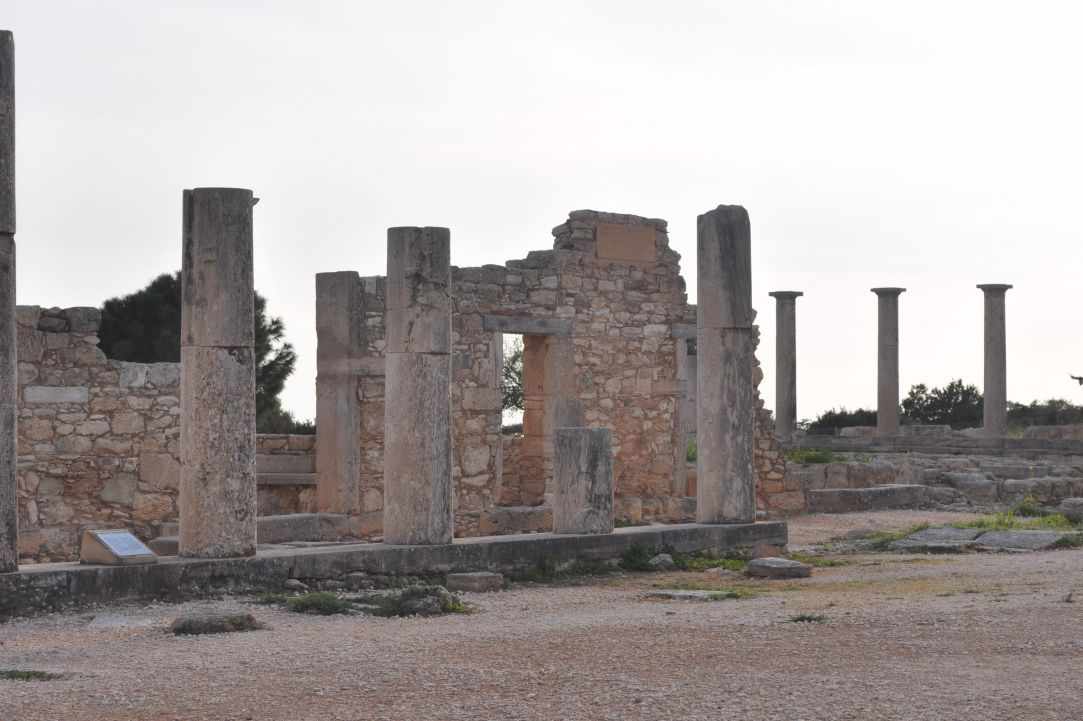
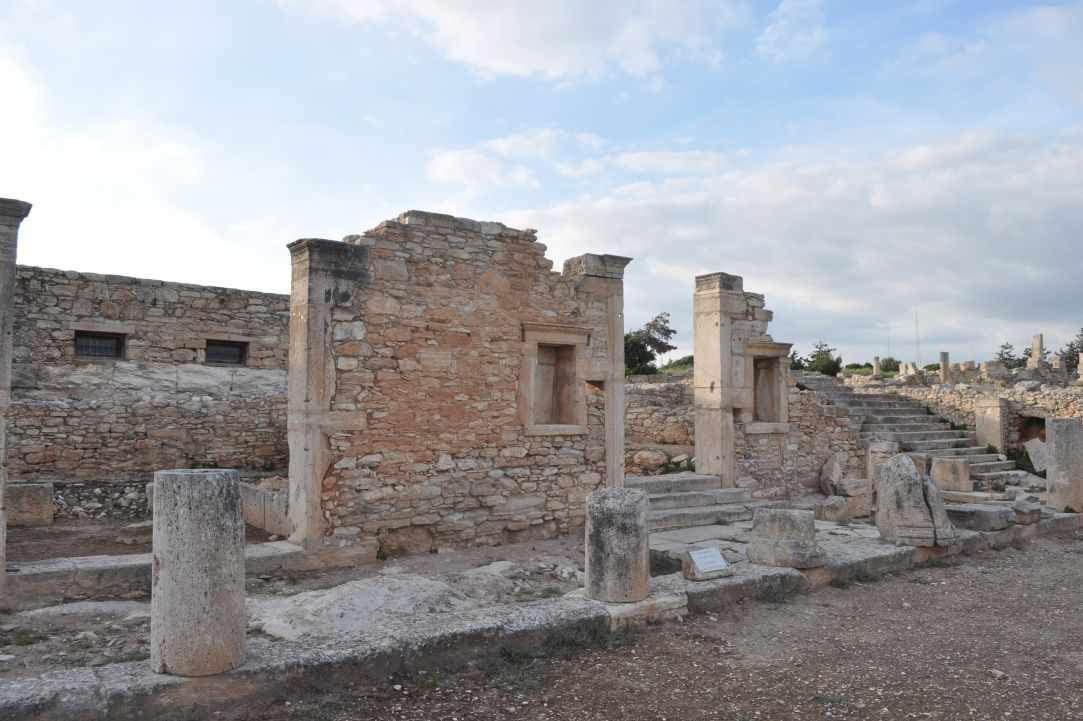
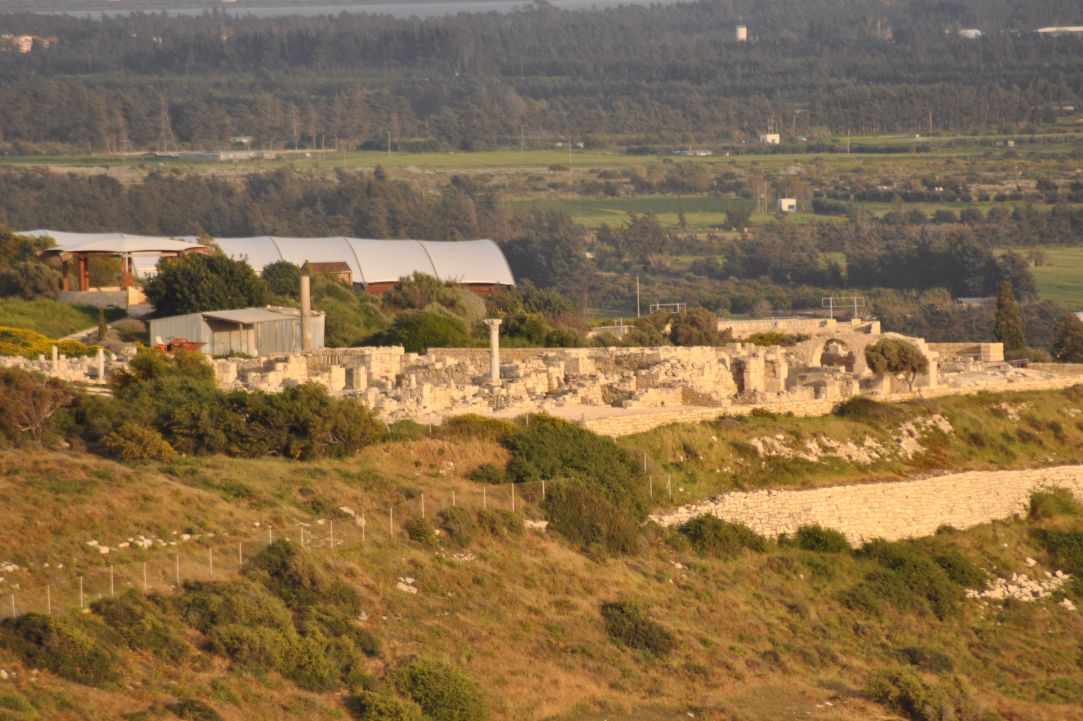
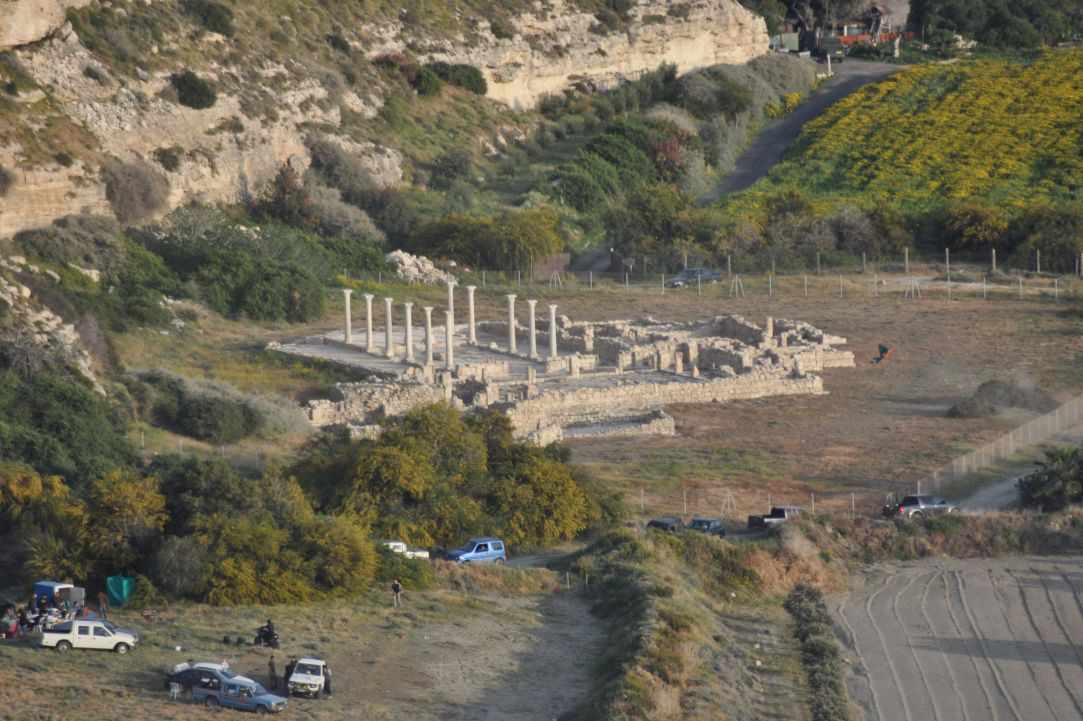
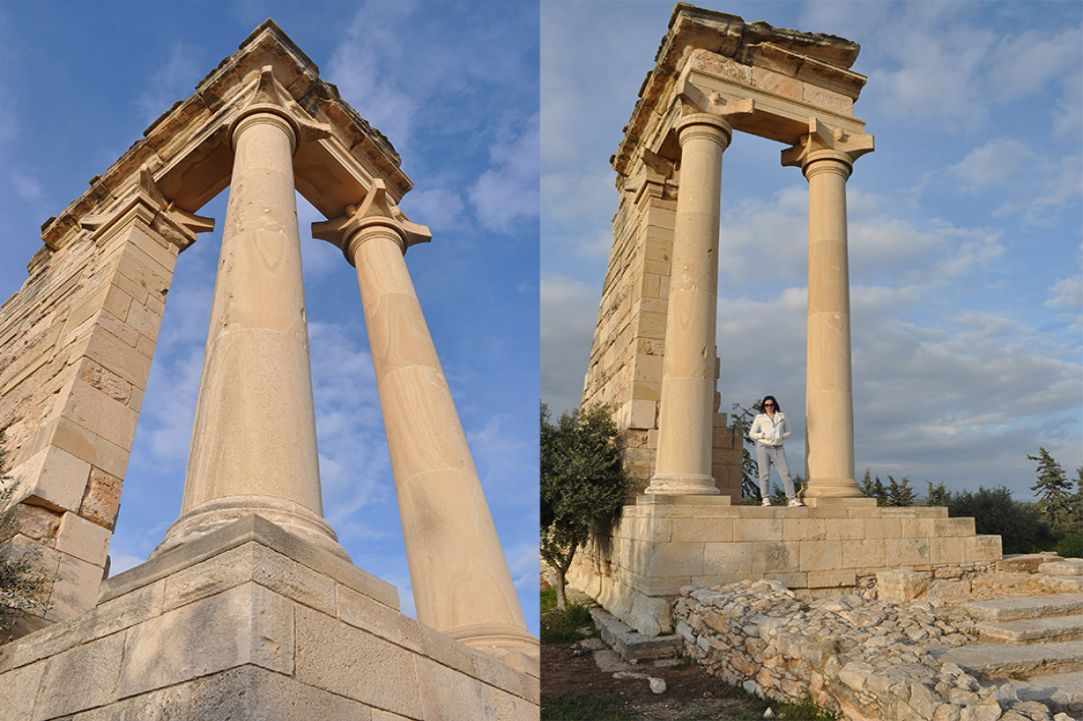
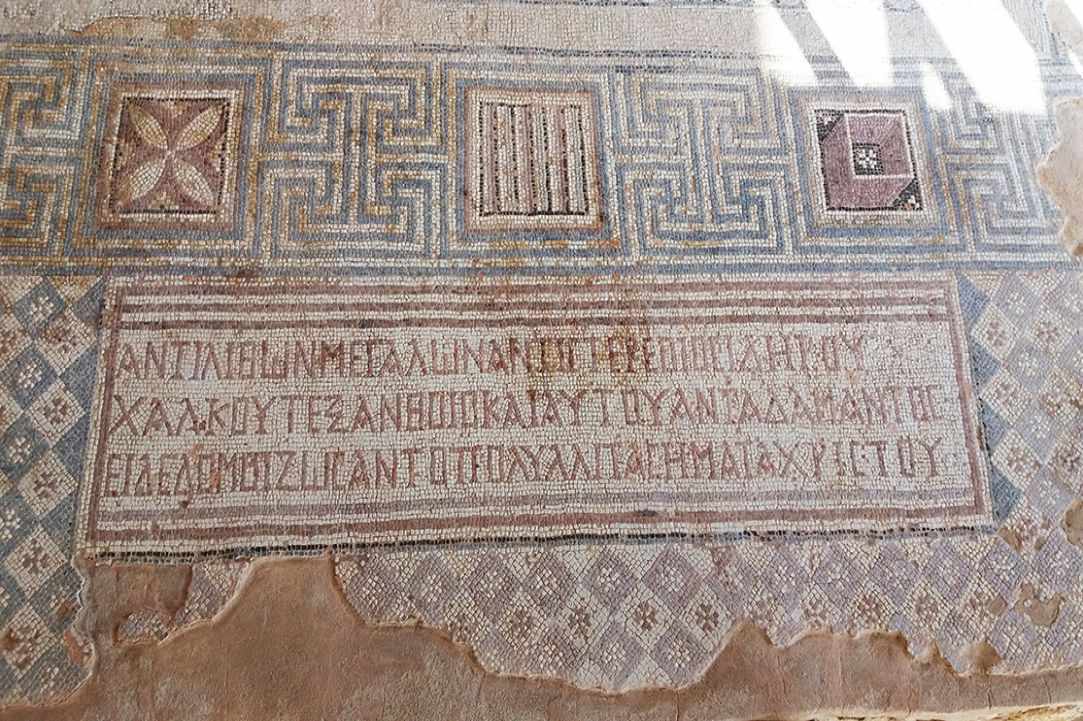
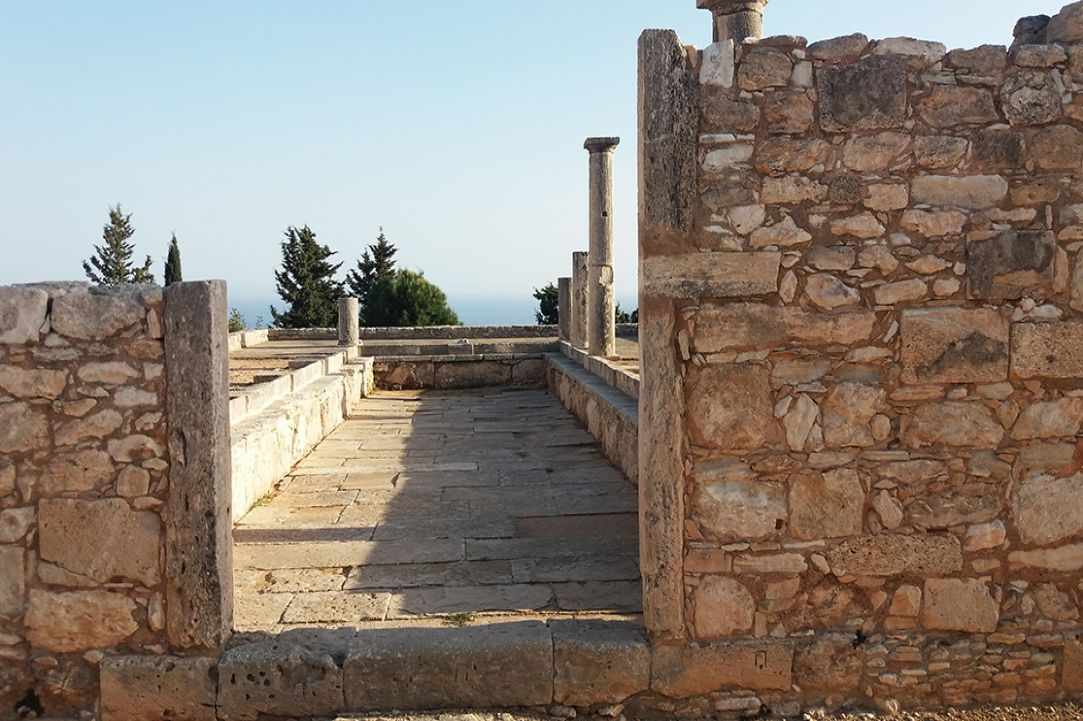
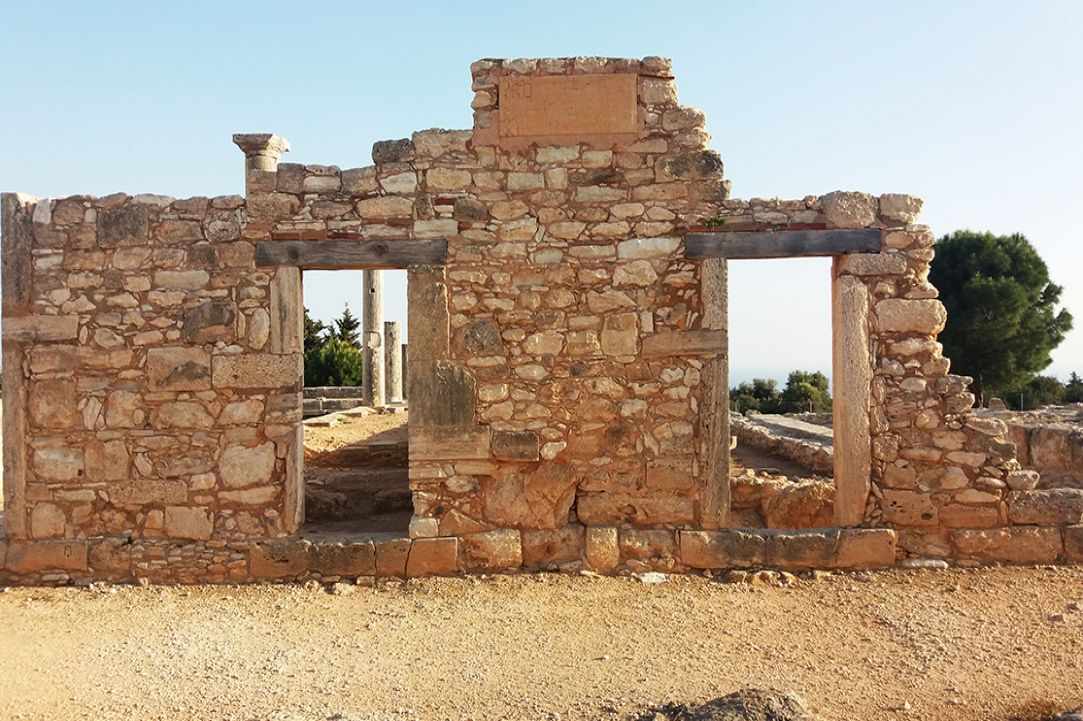
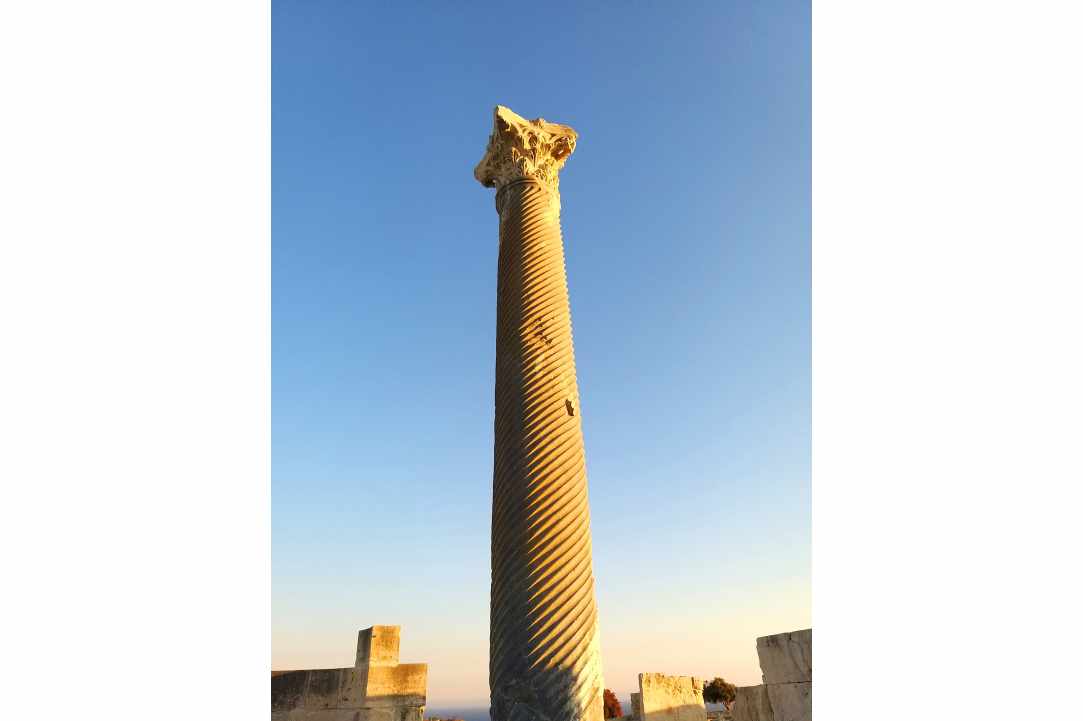
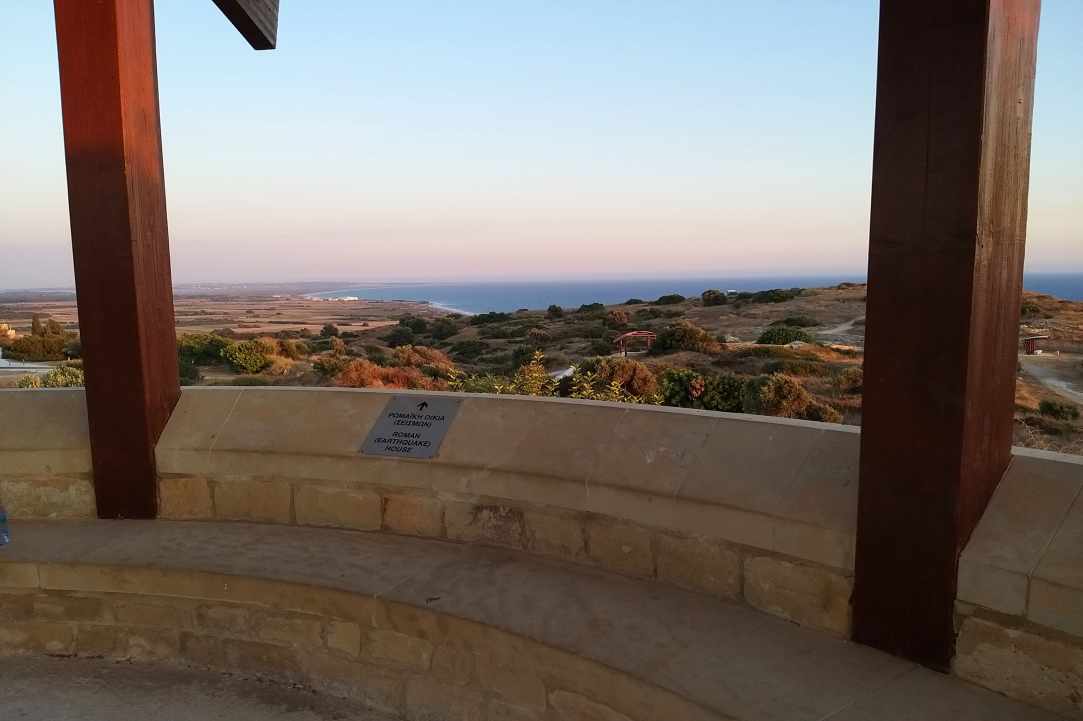
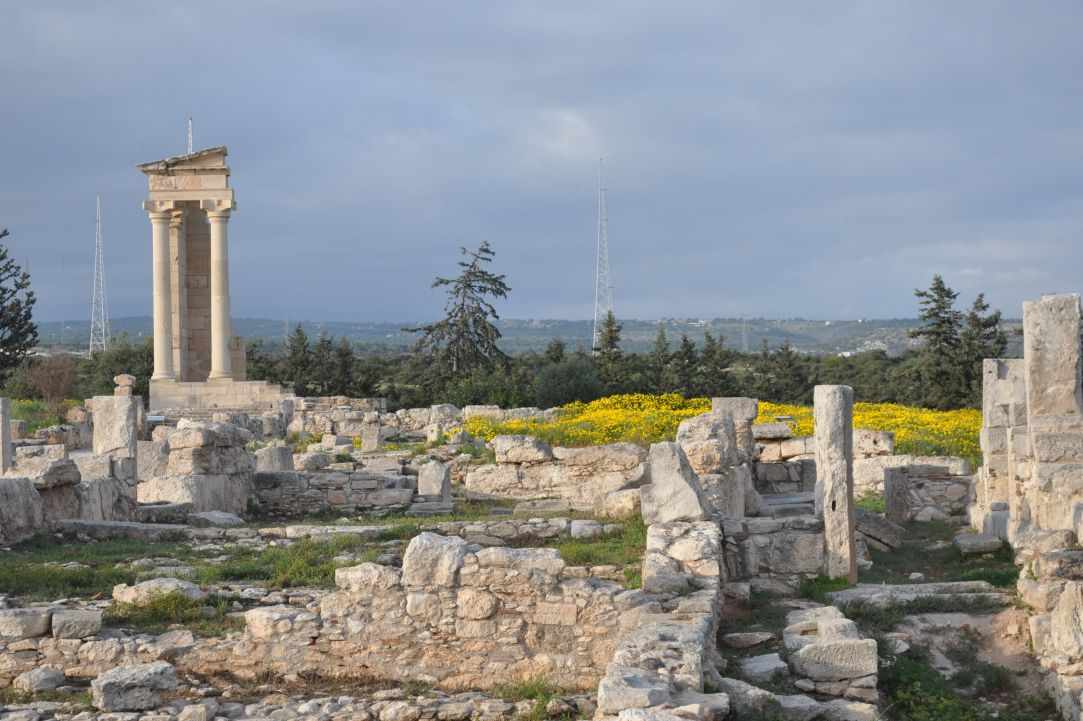
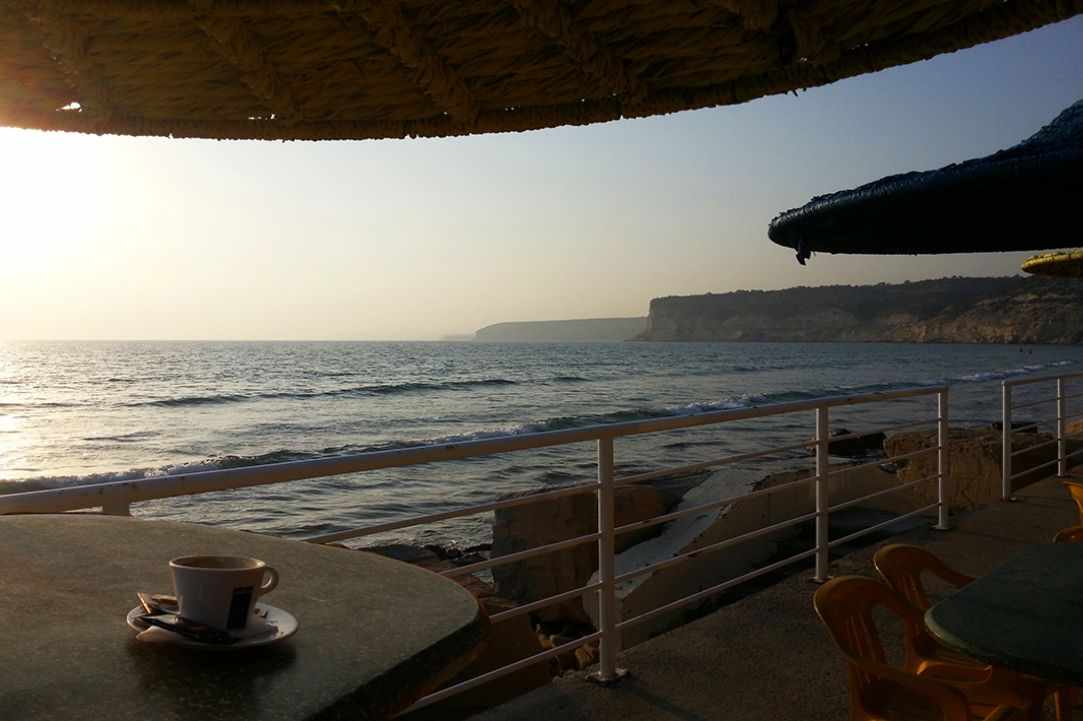
 Posted by
Christina Nicolaou
Posted by
Christina Nicolaou
